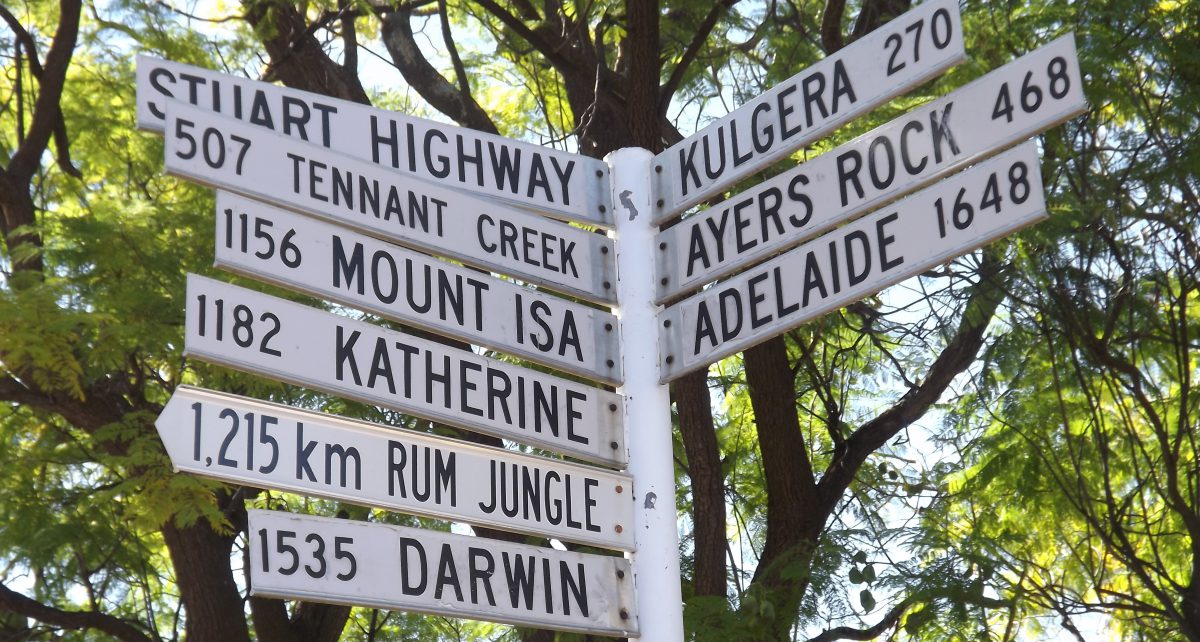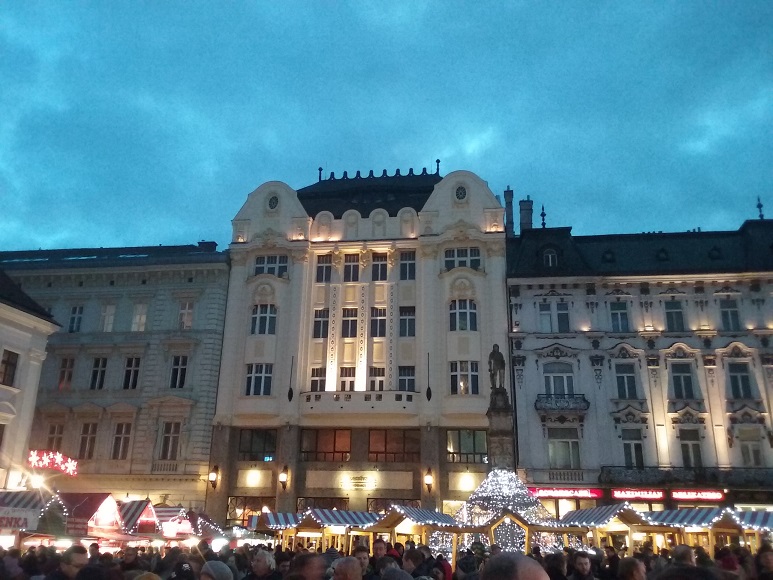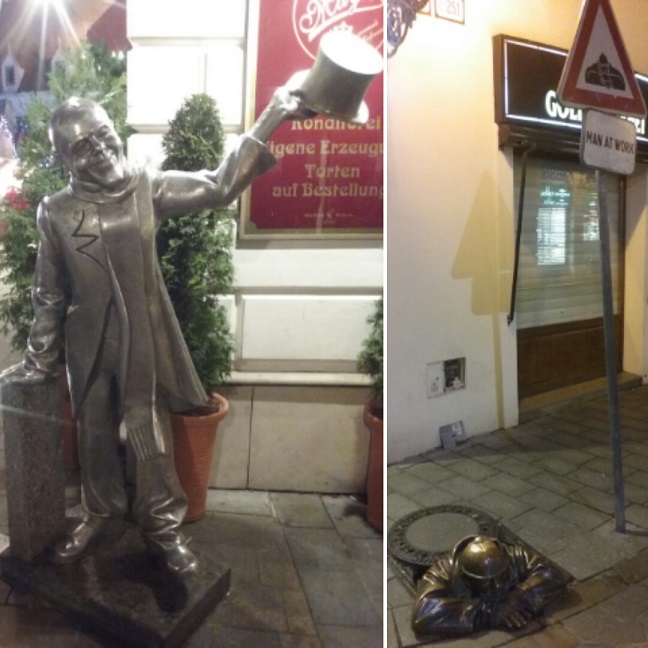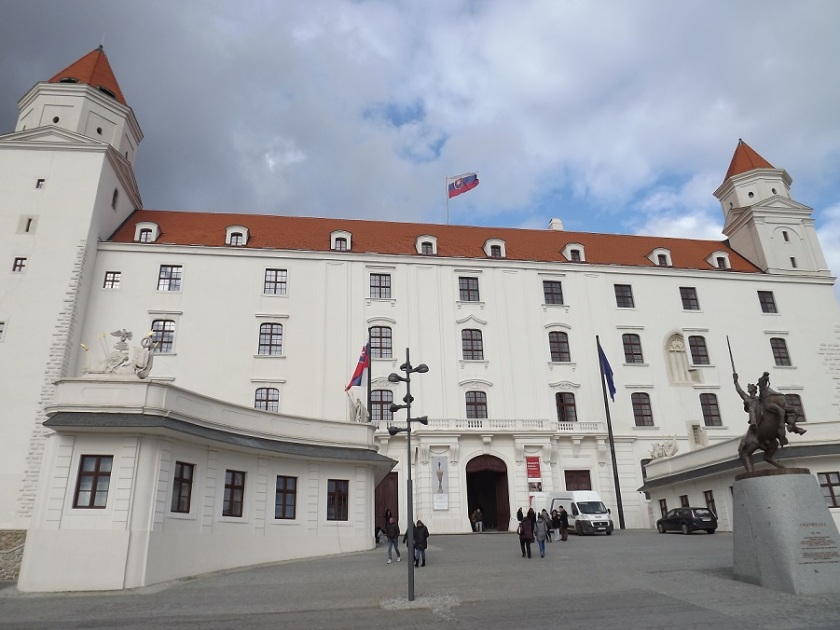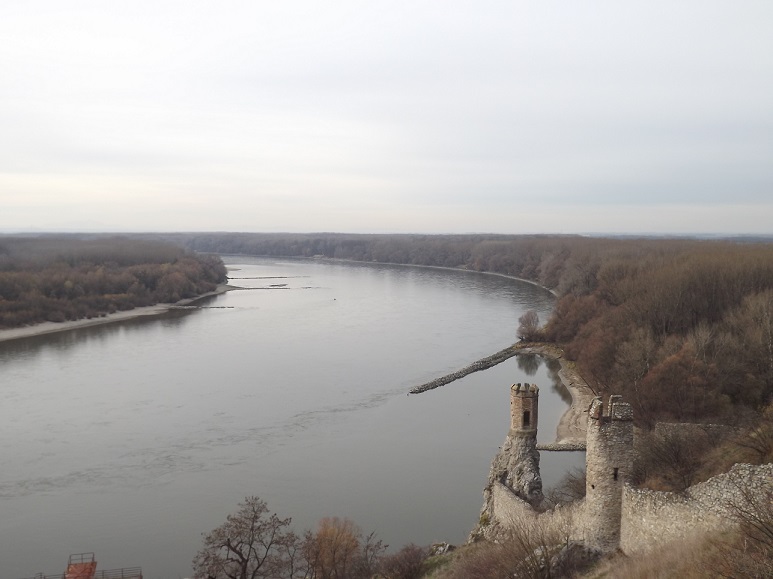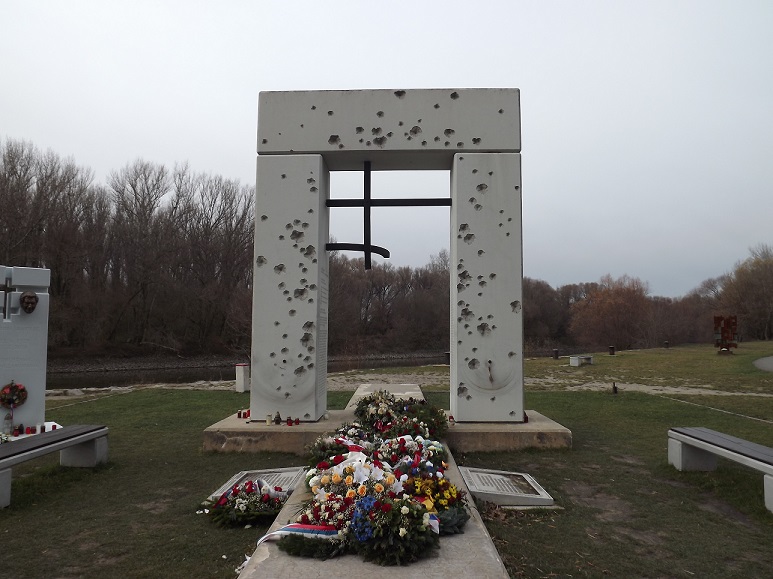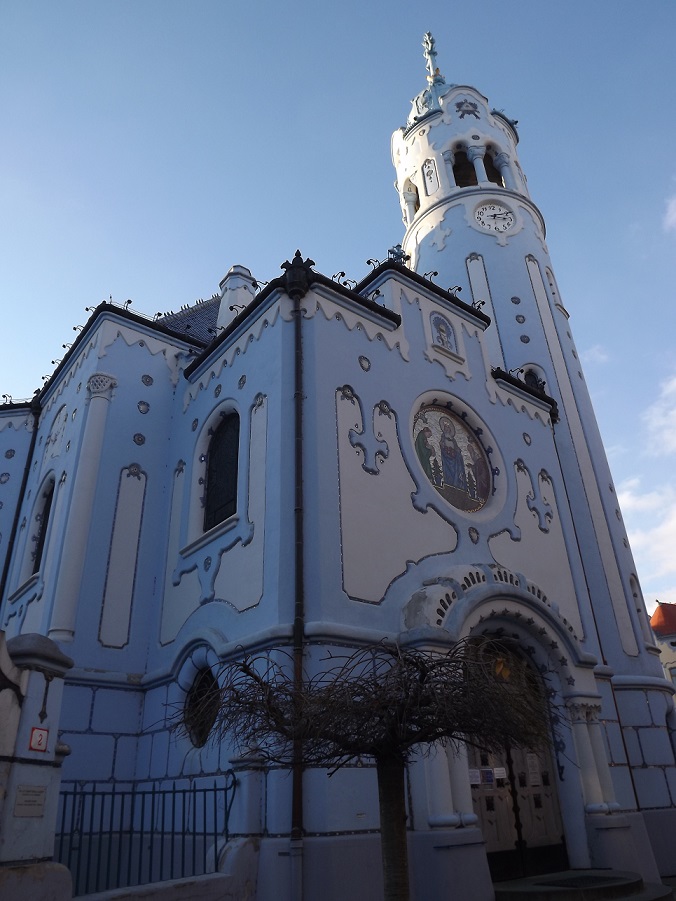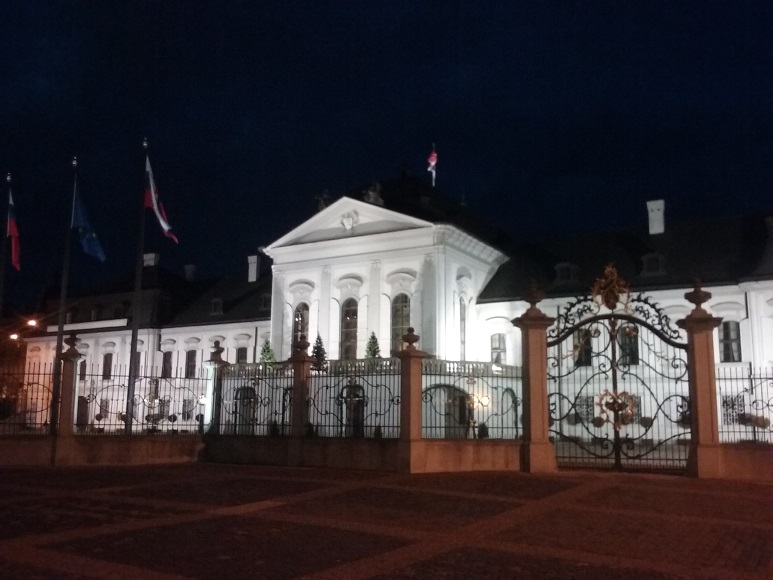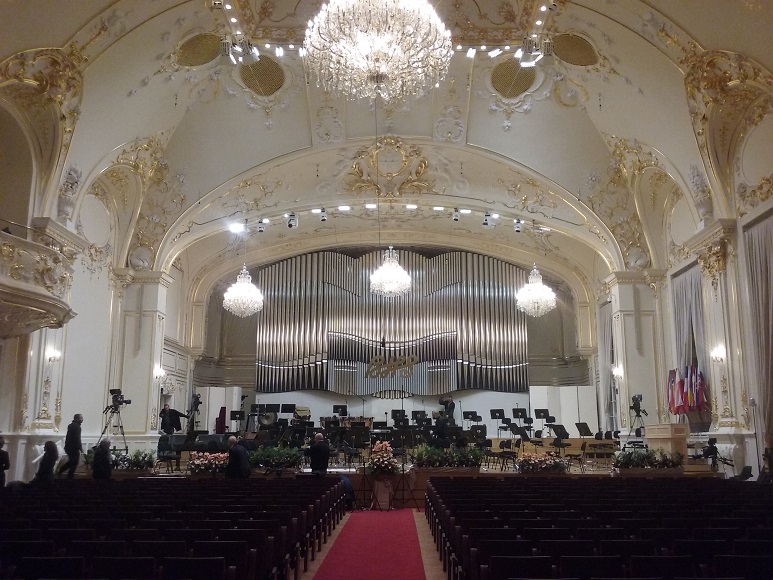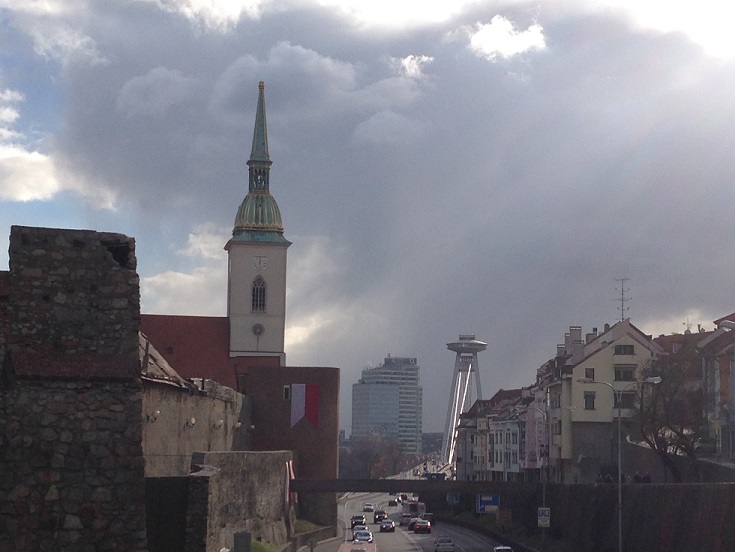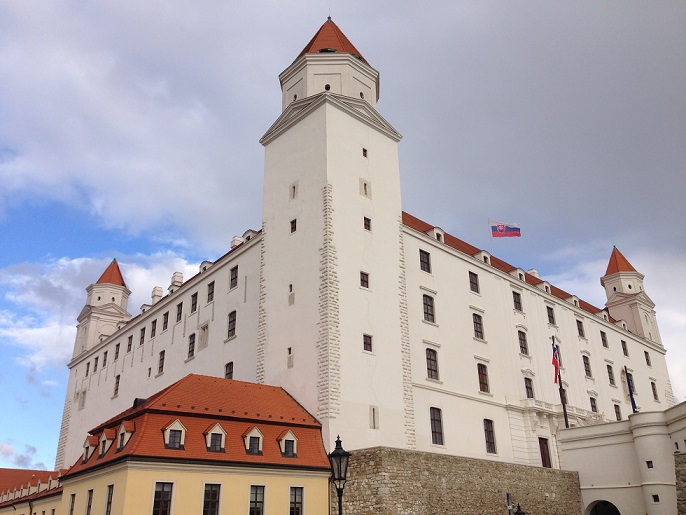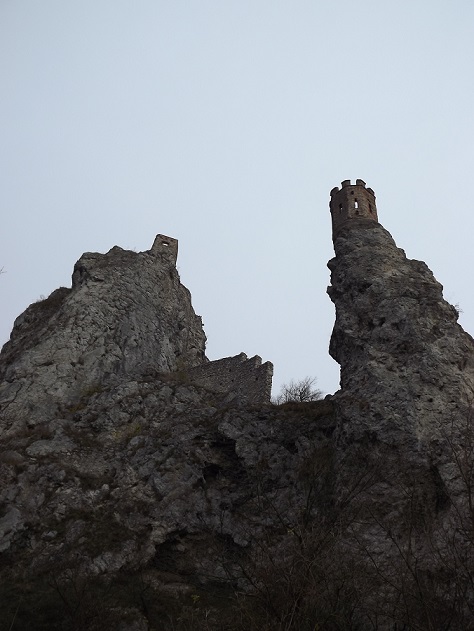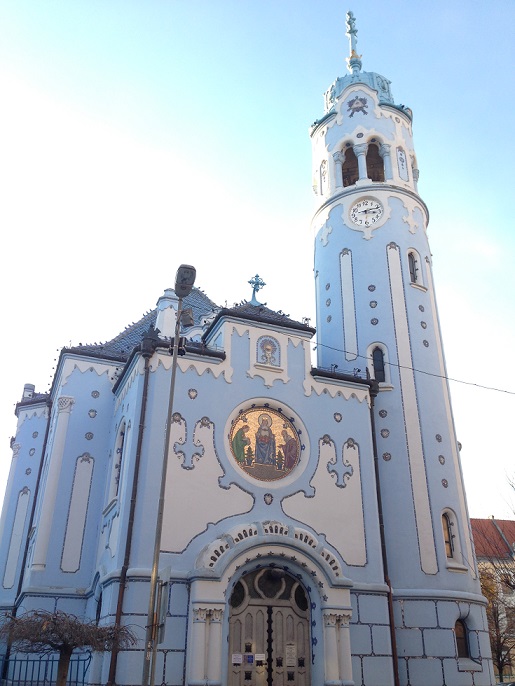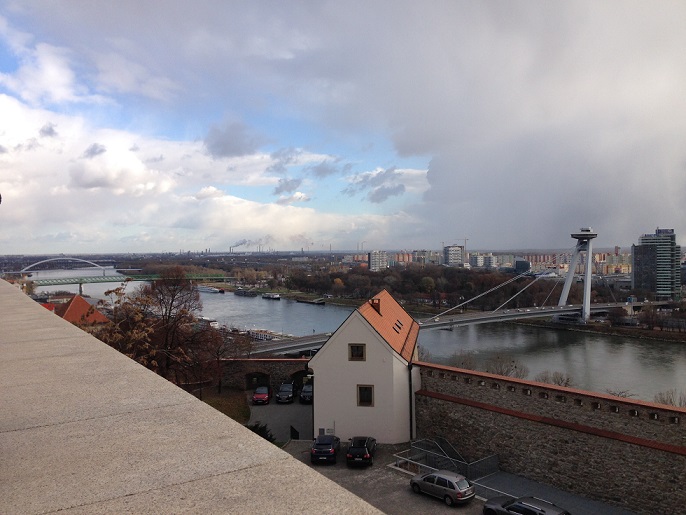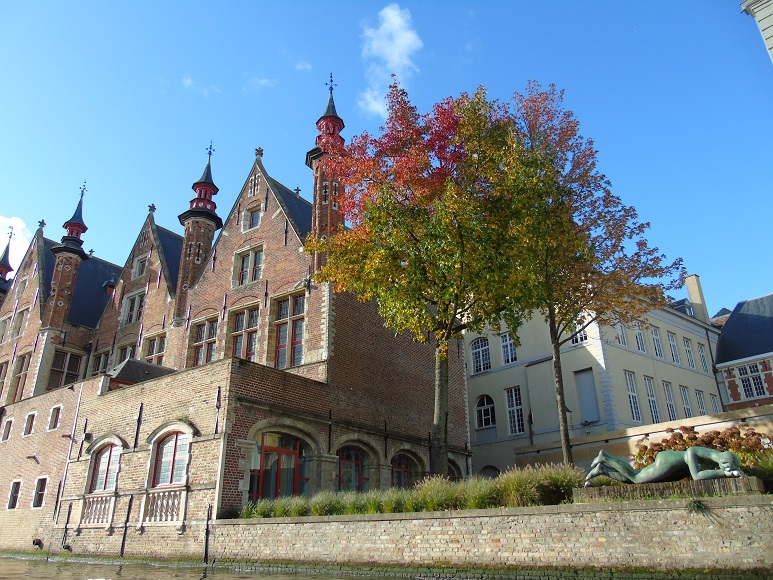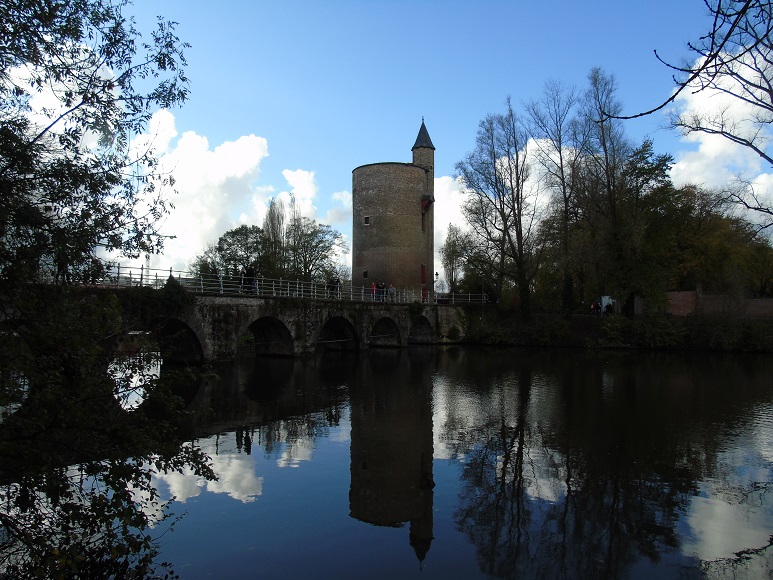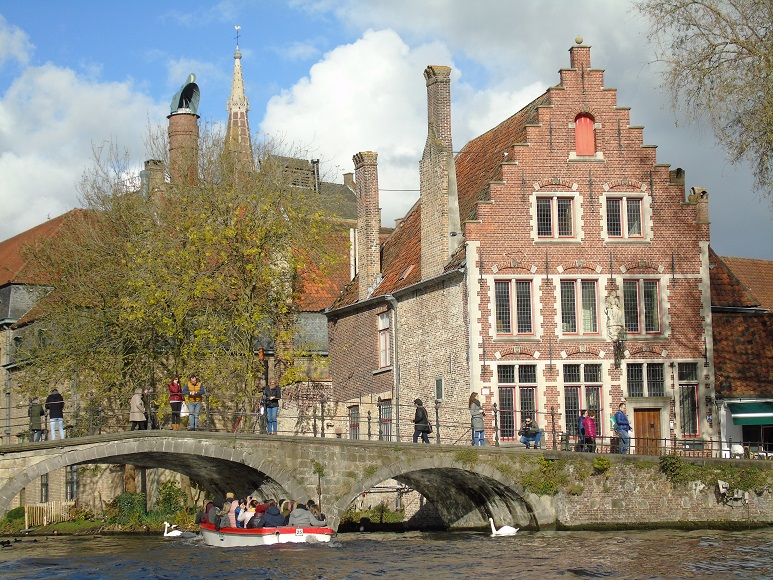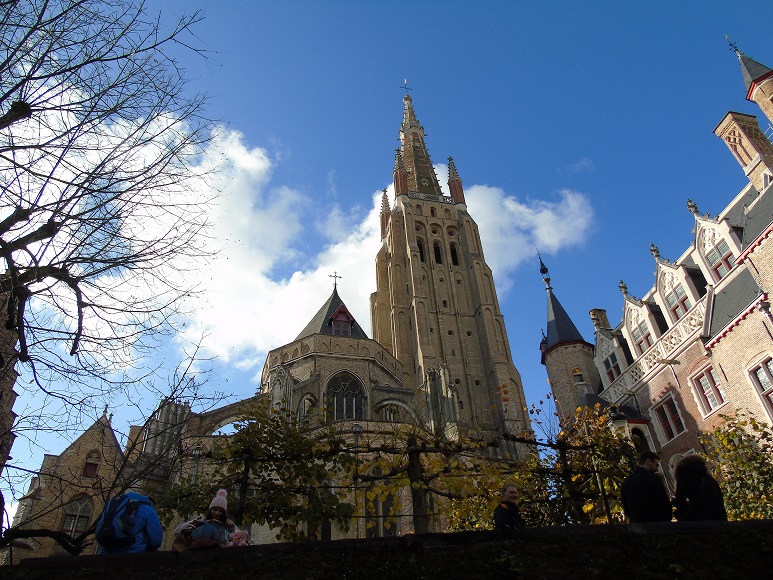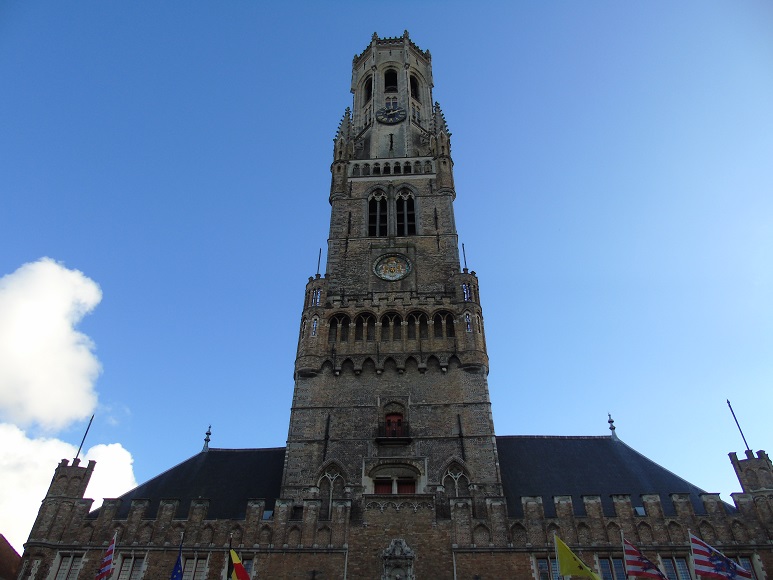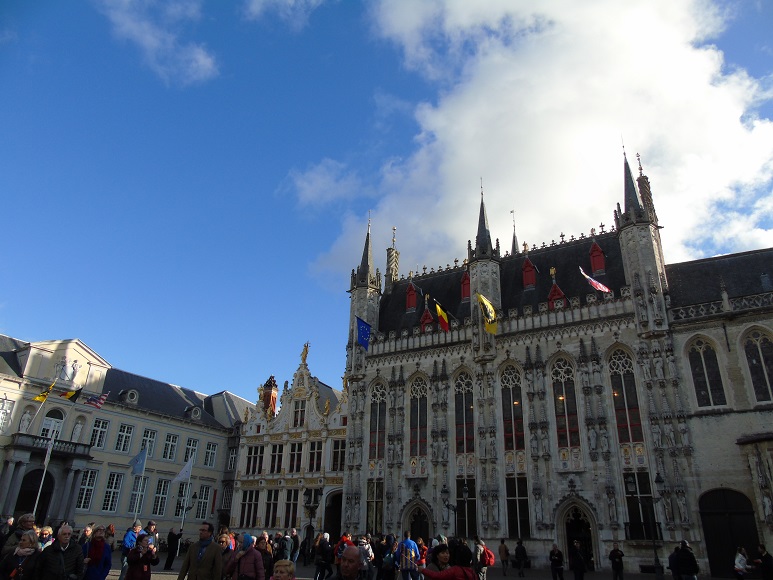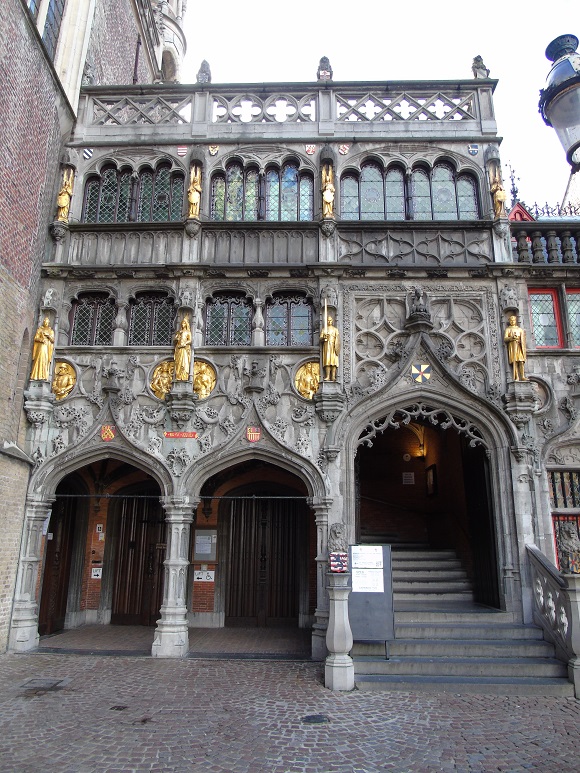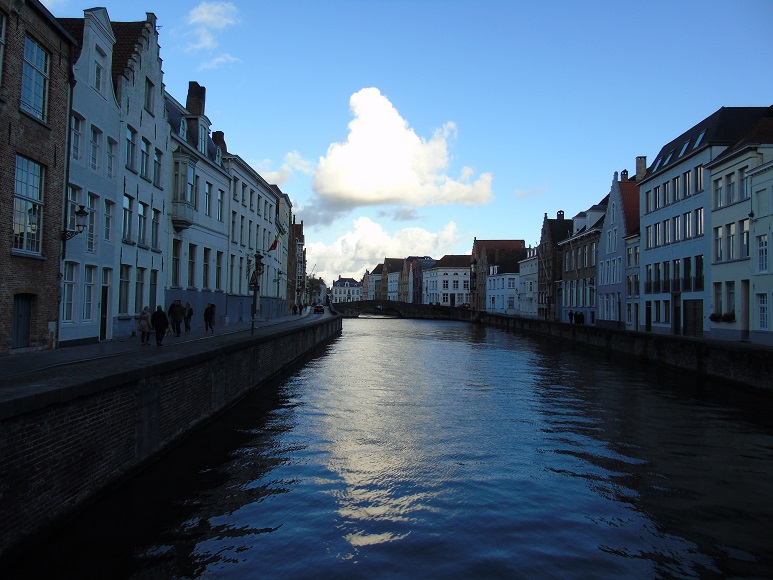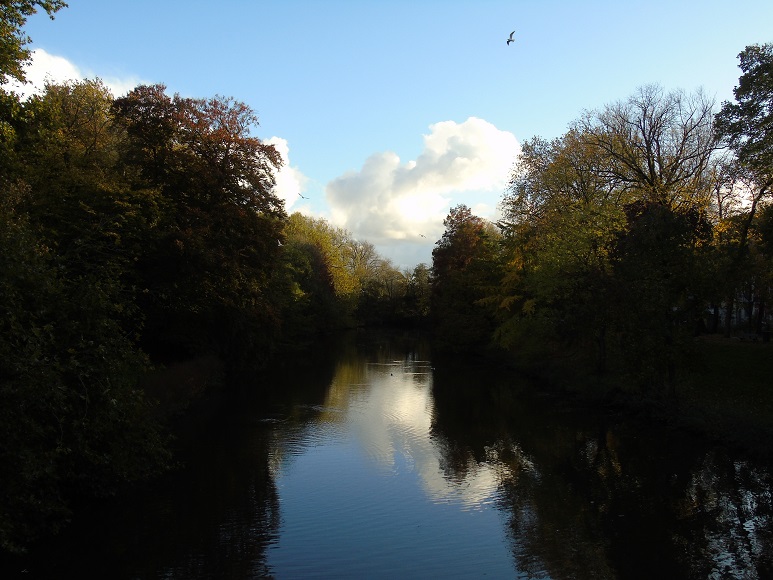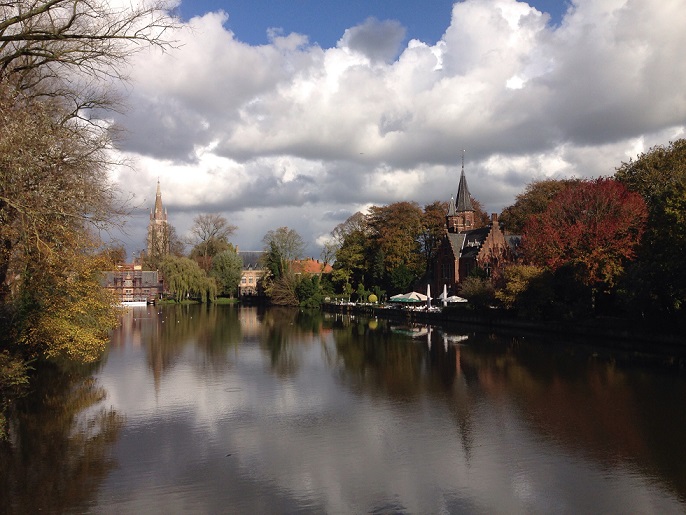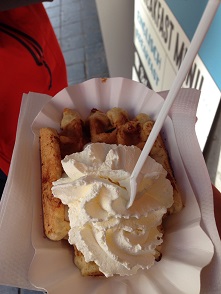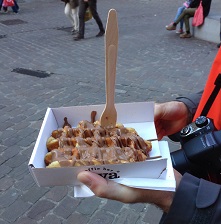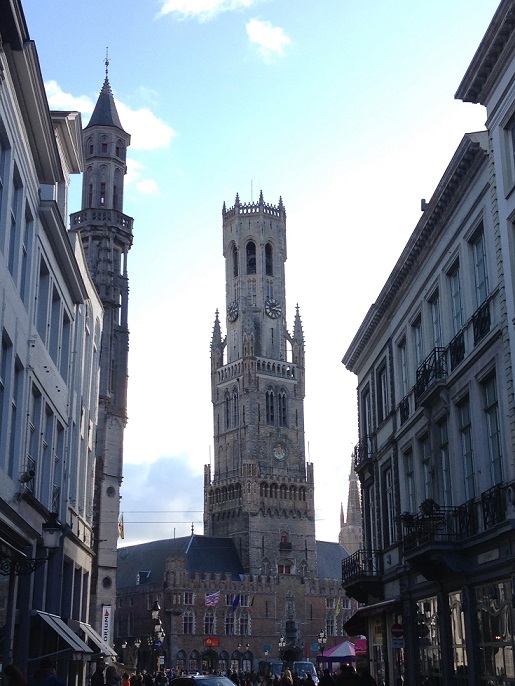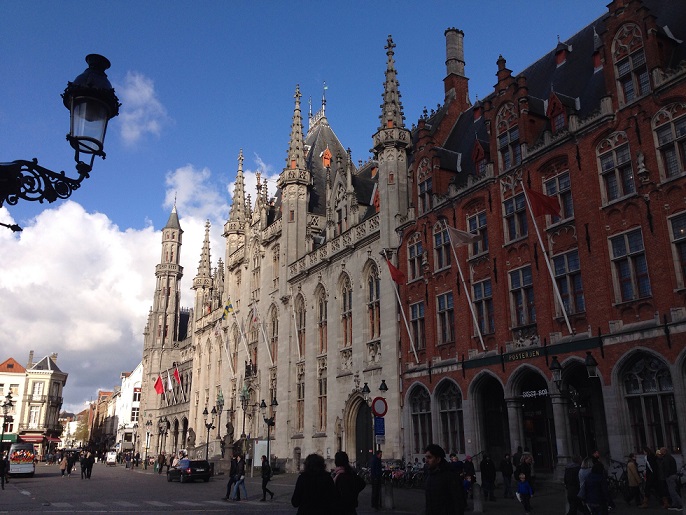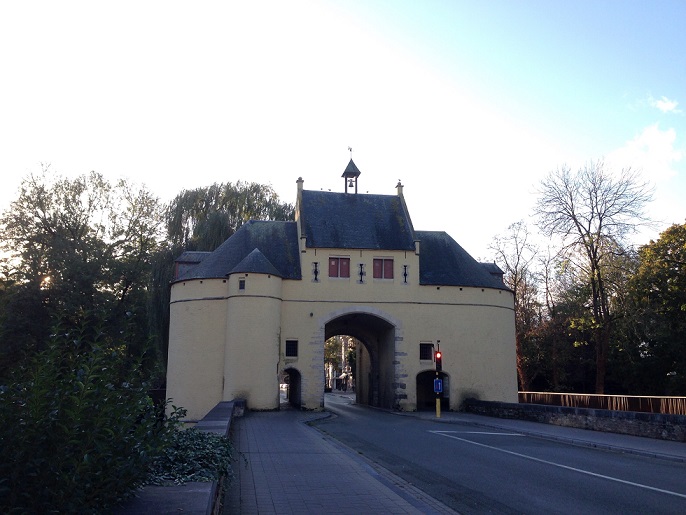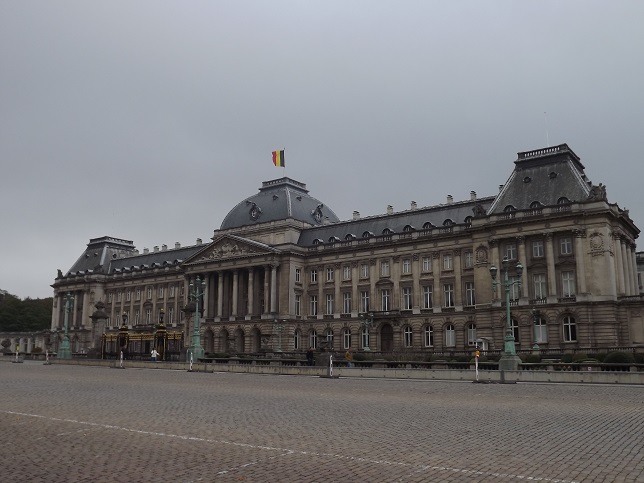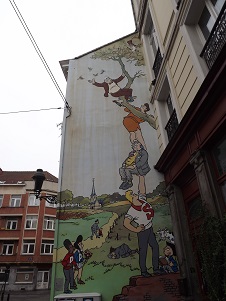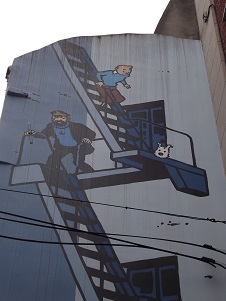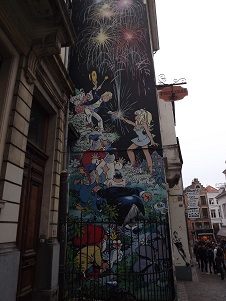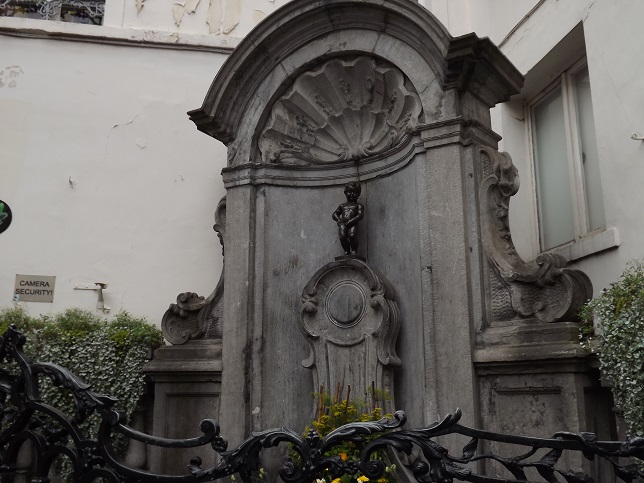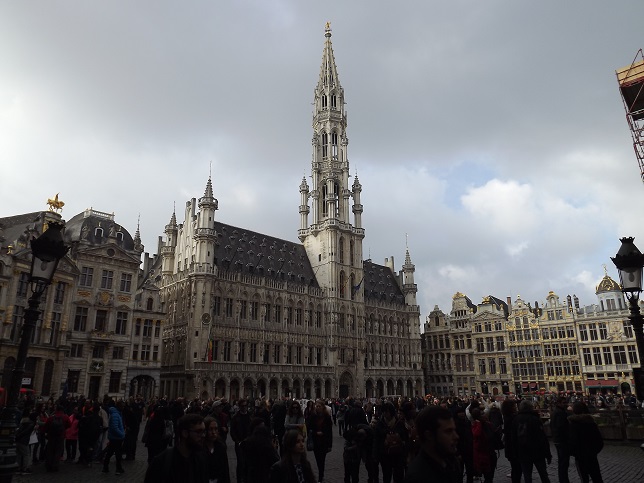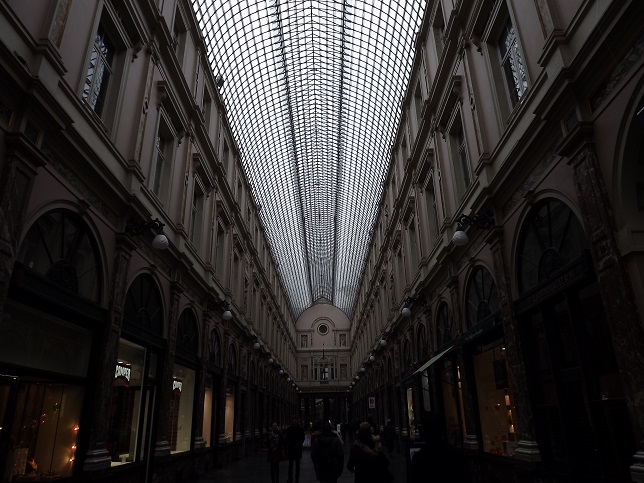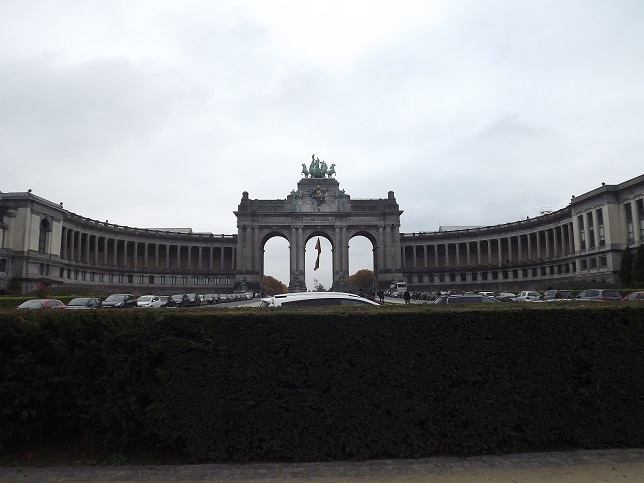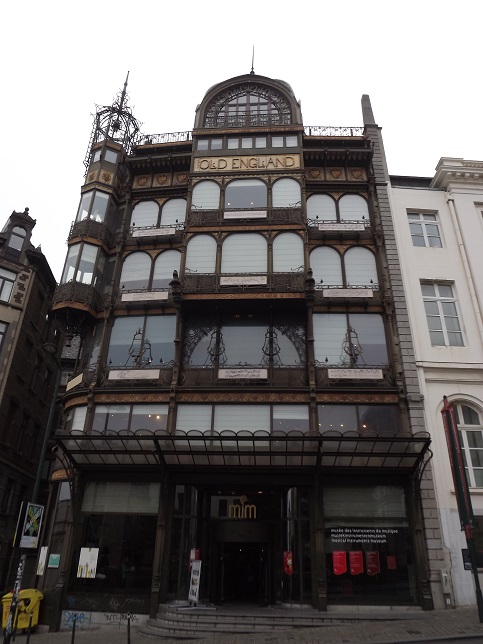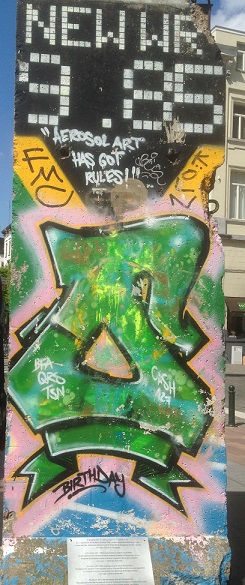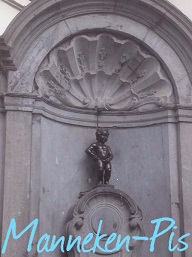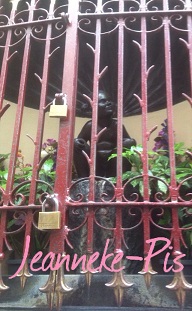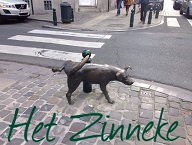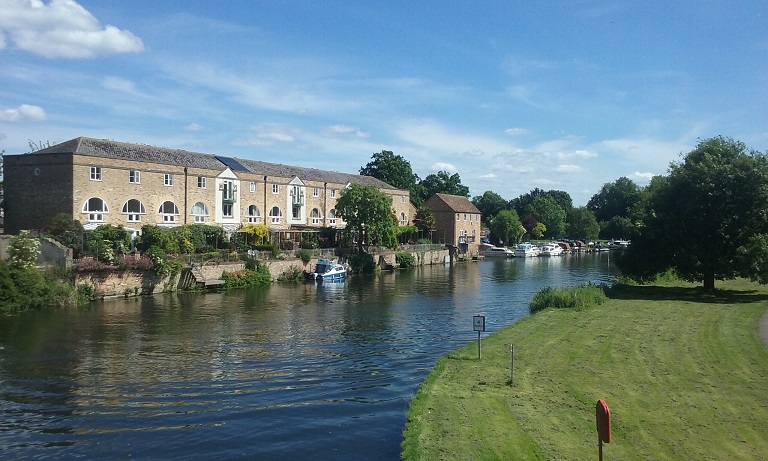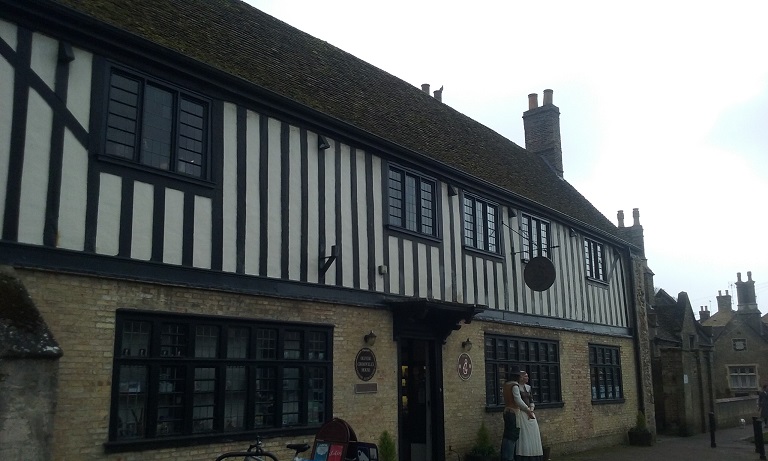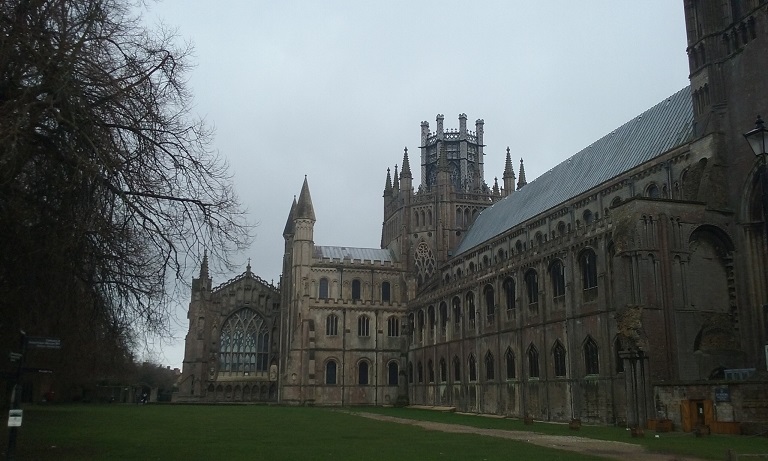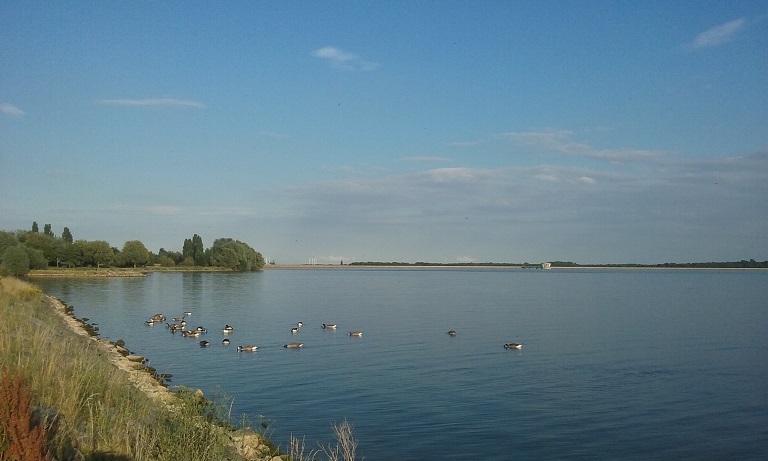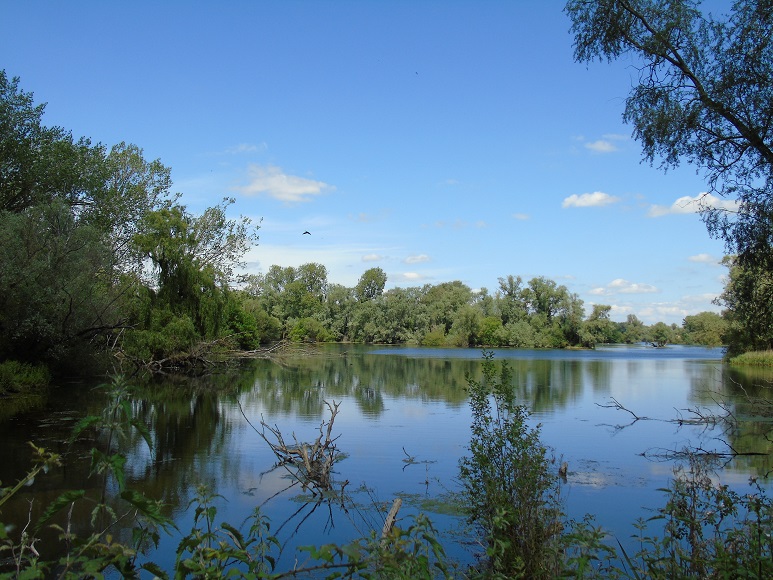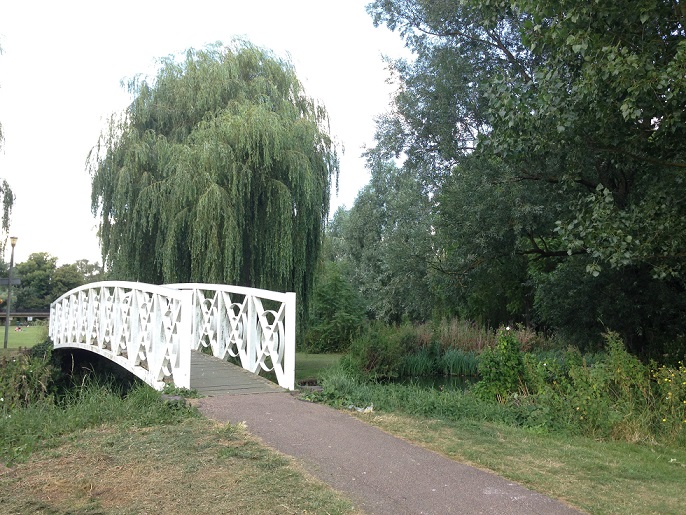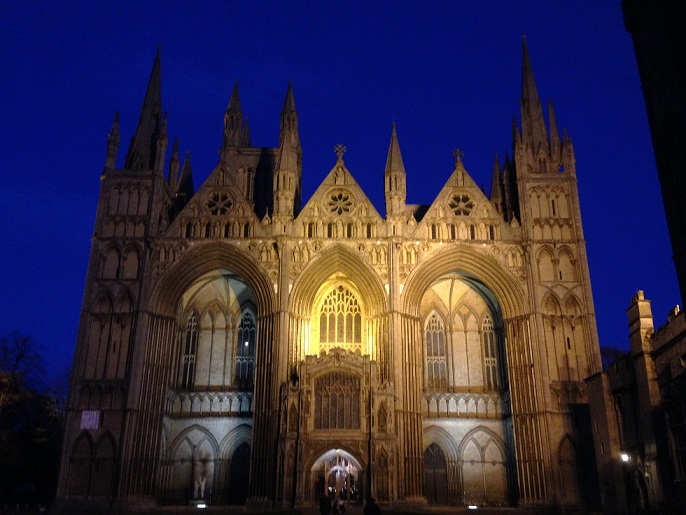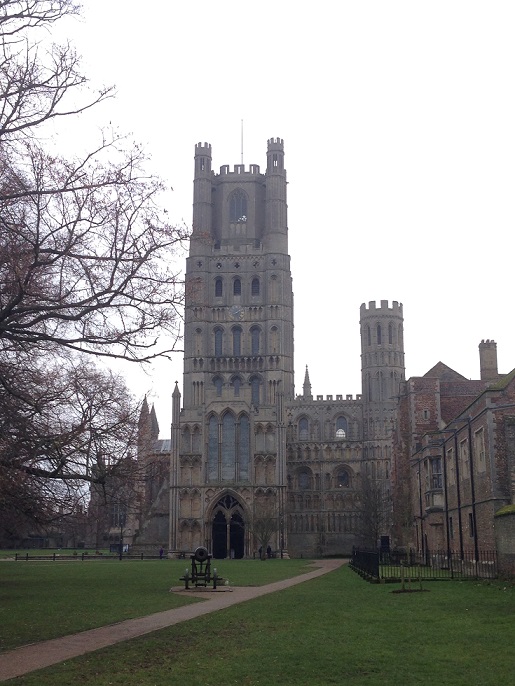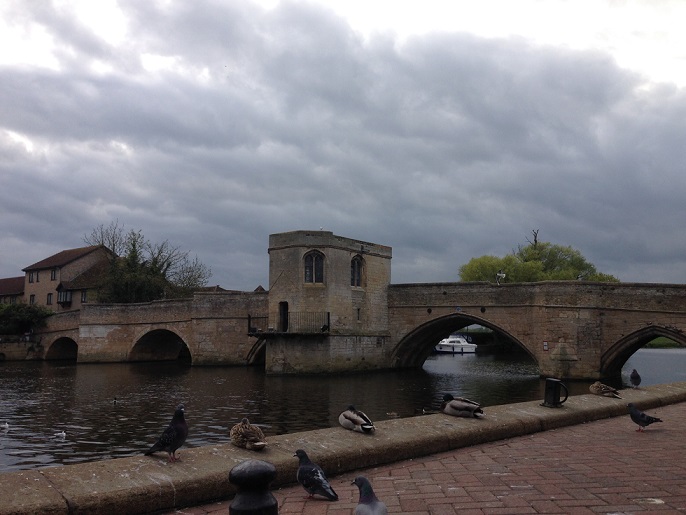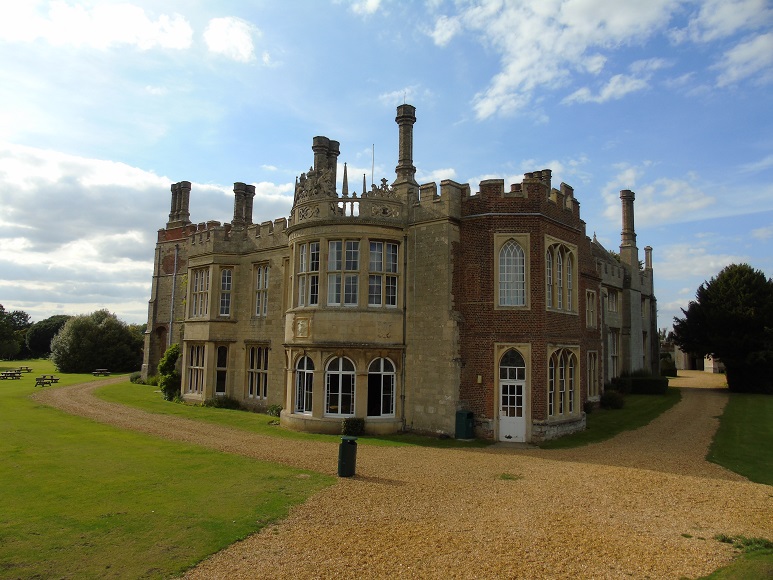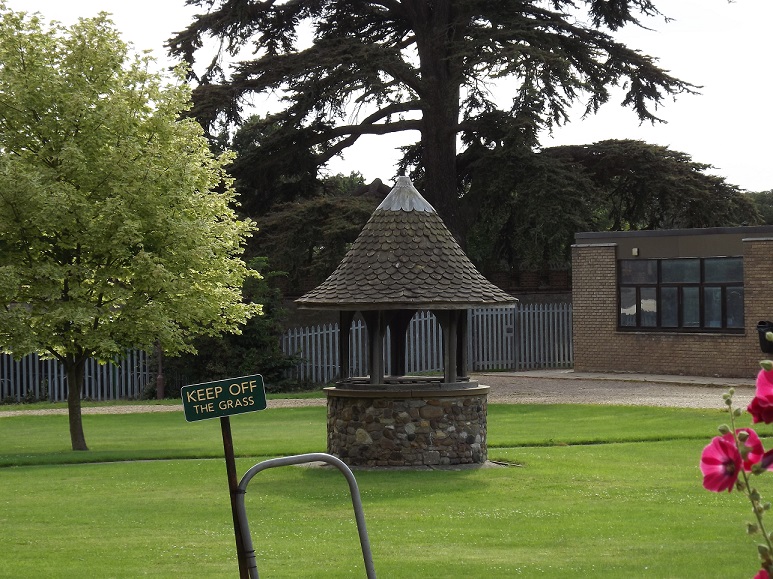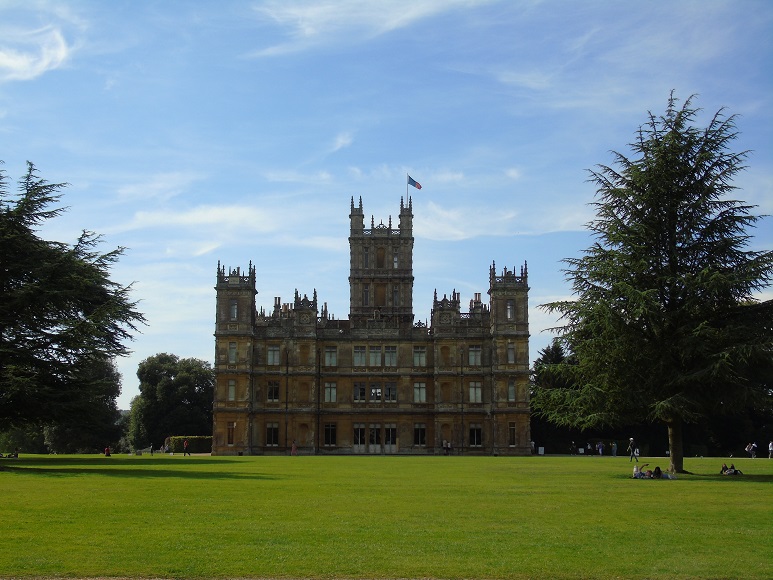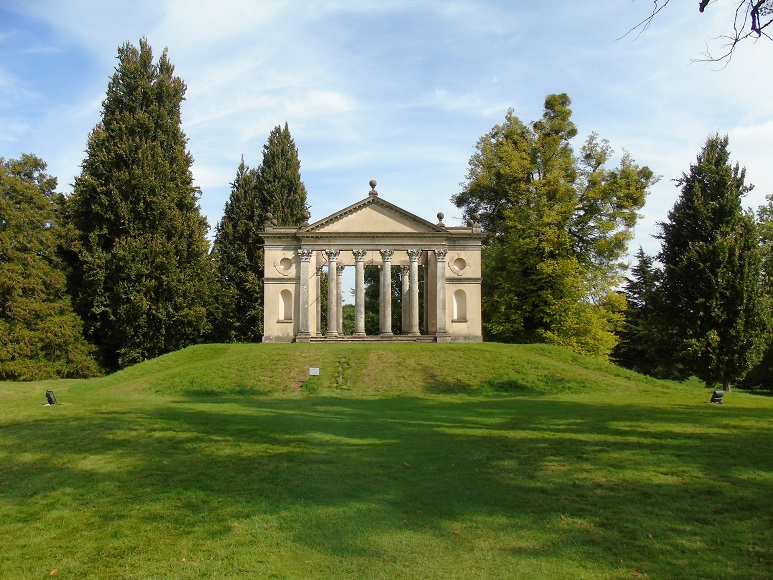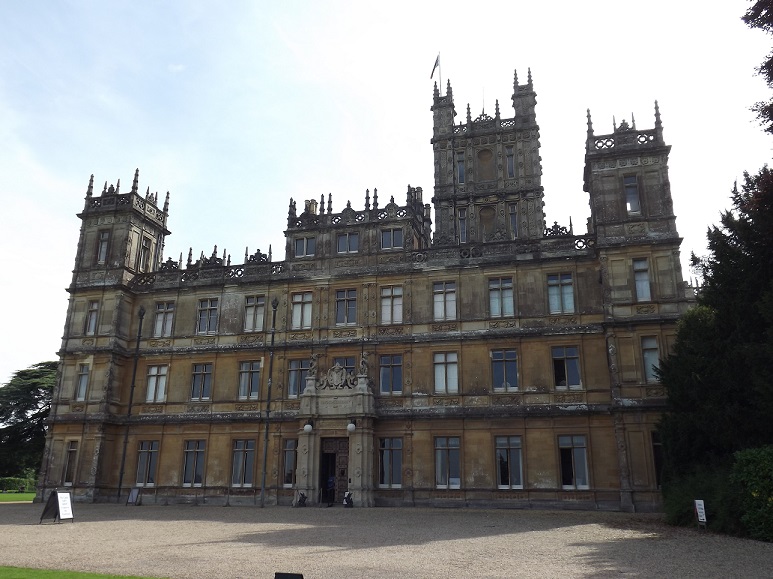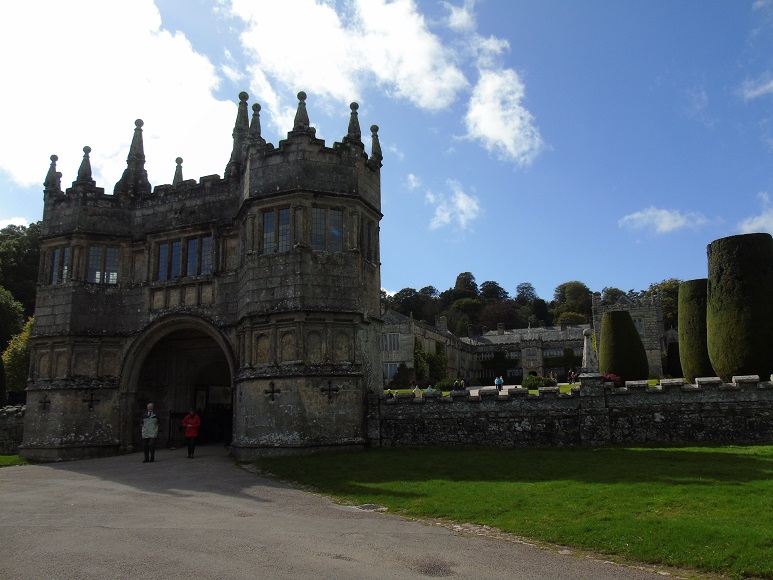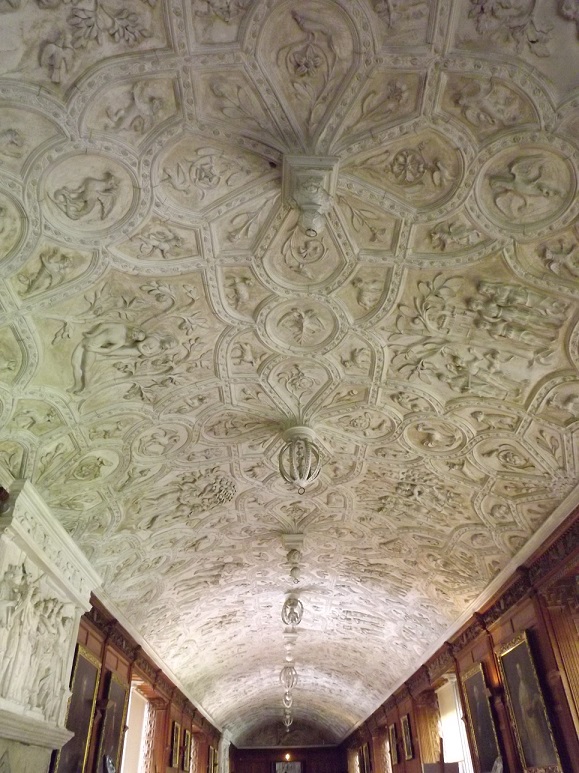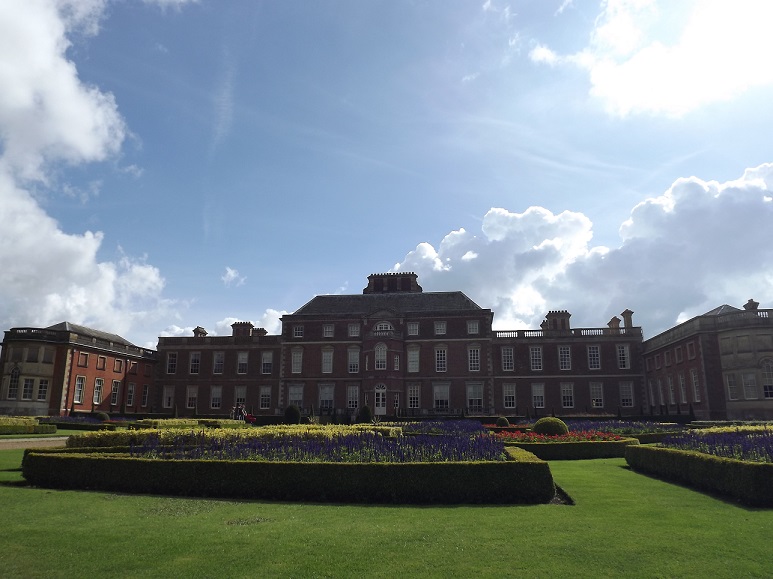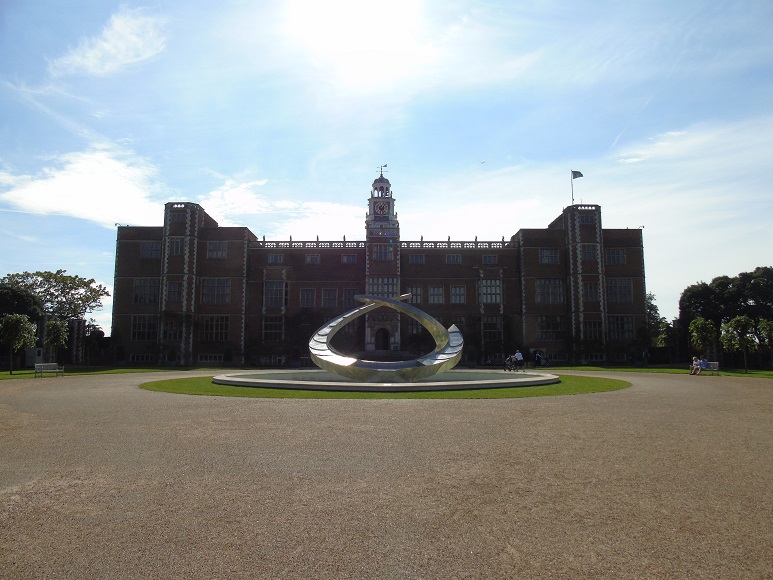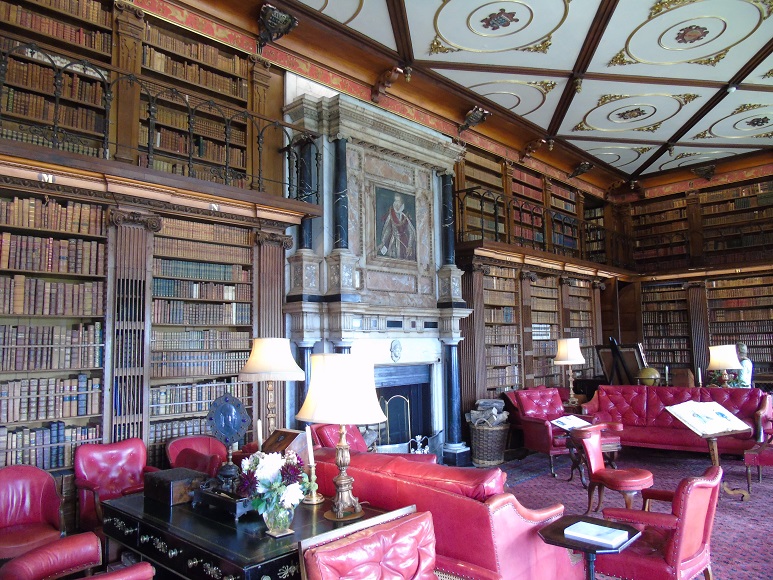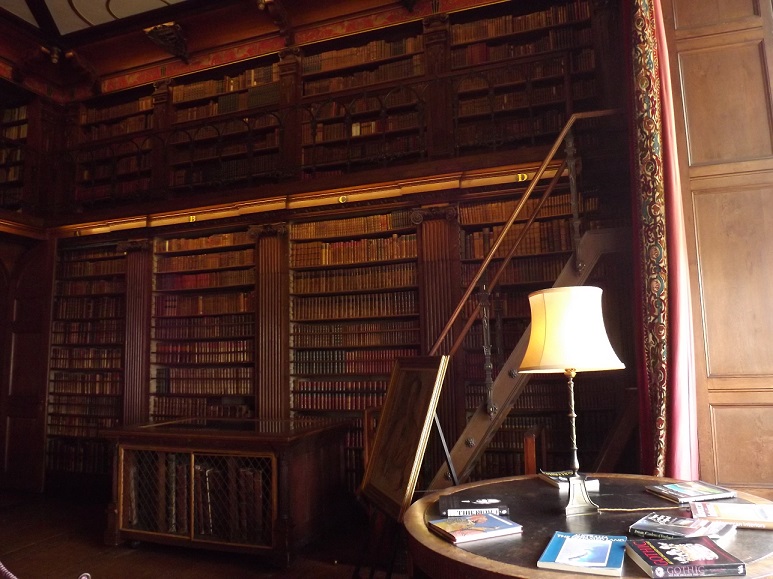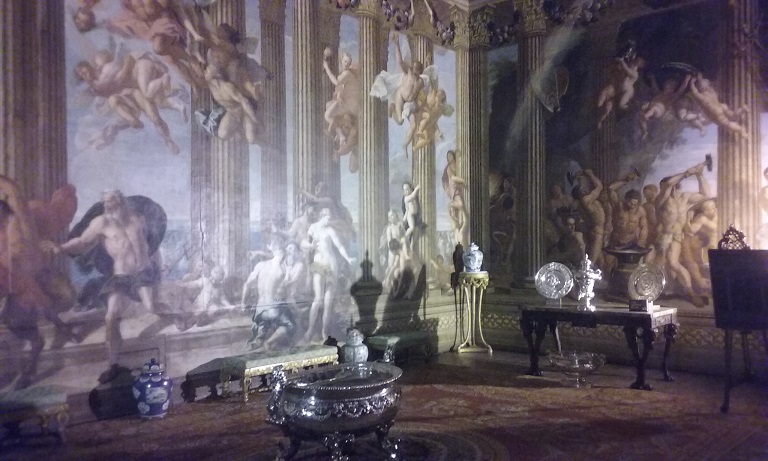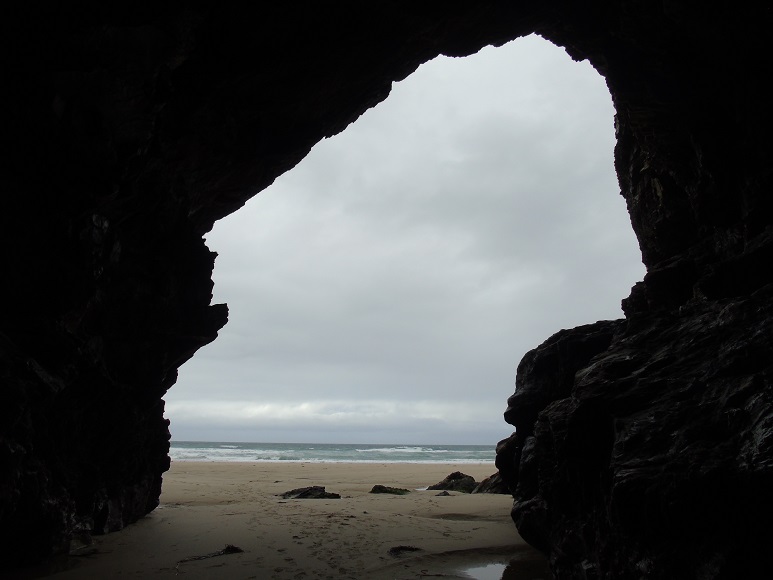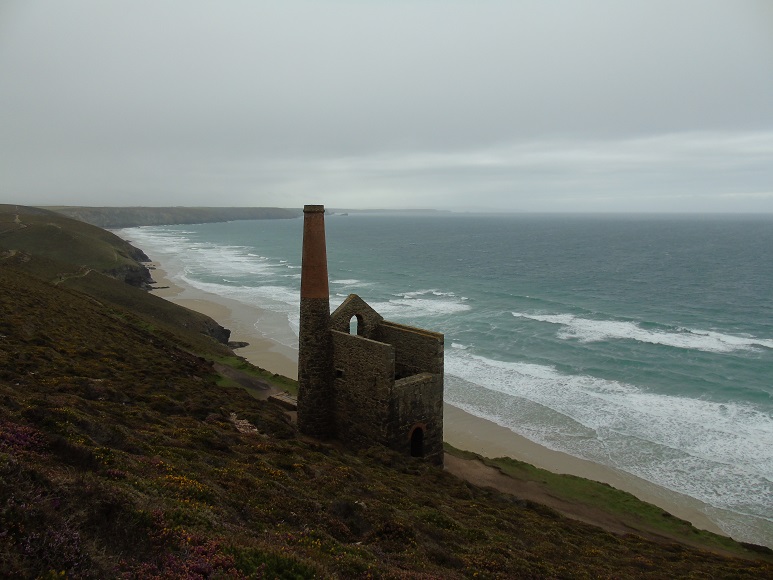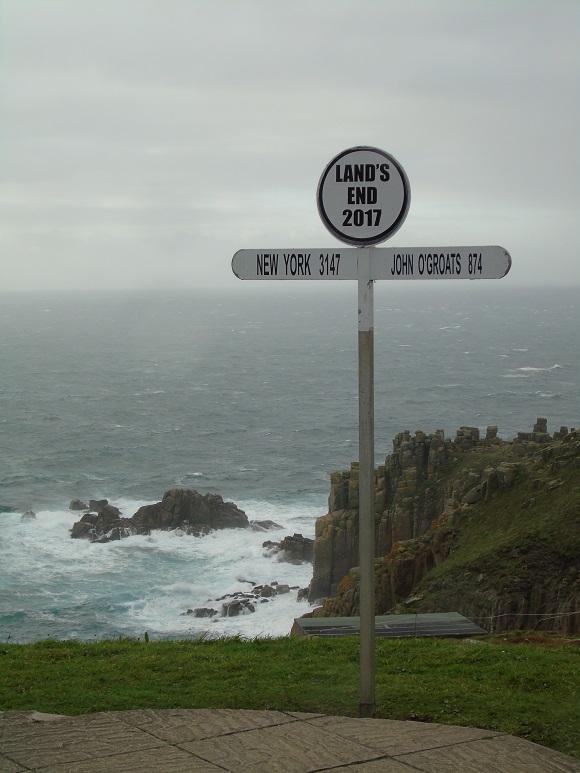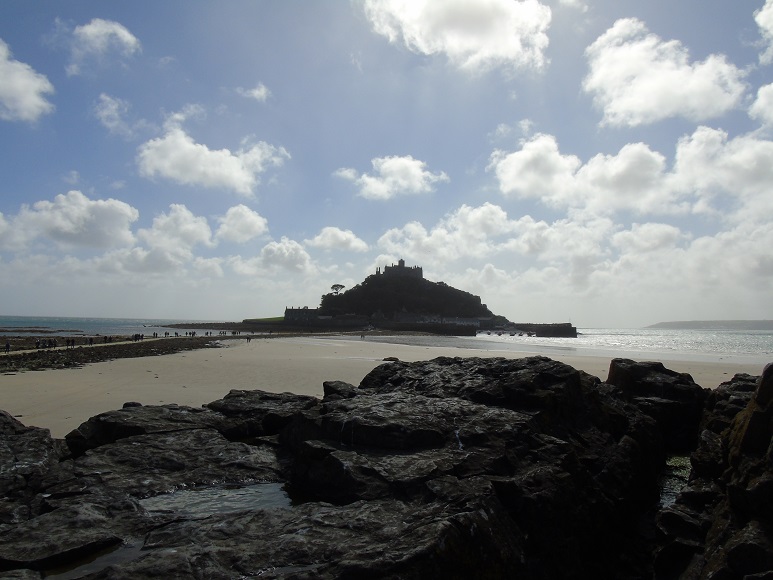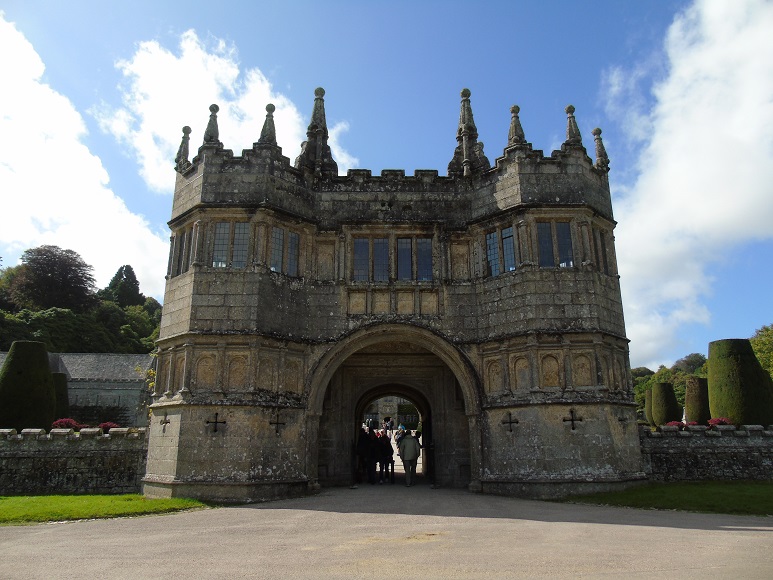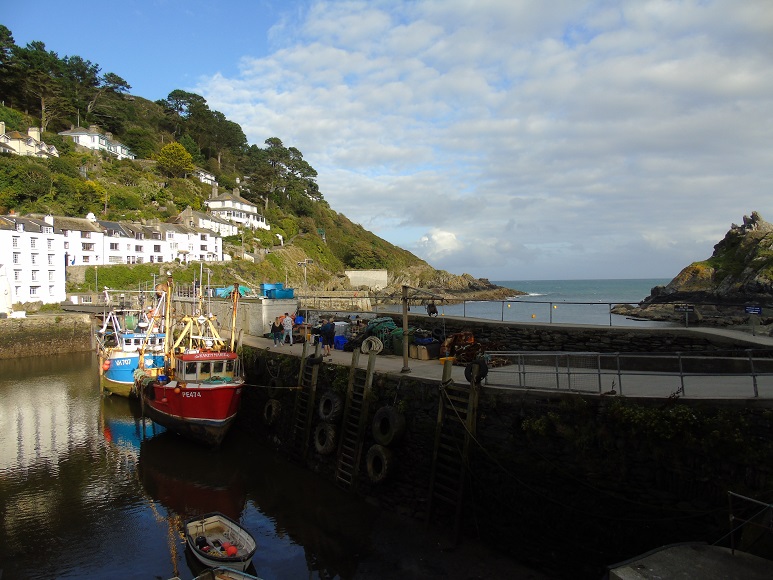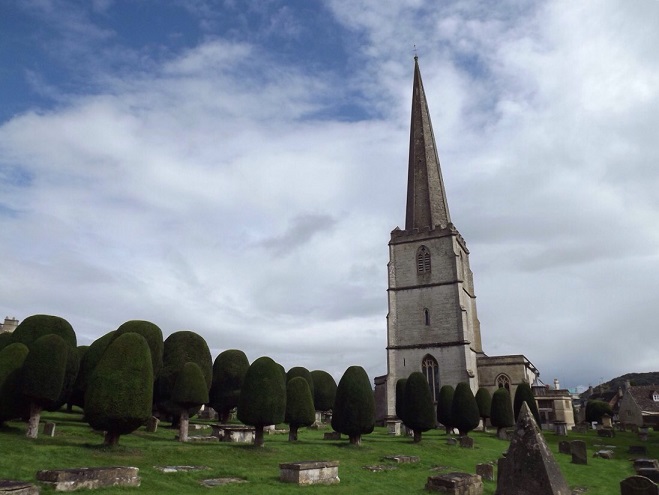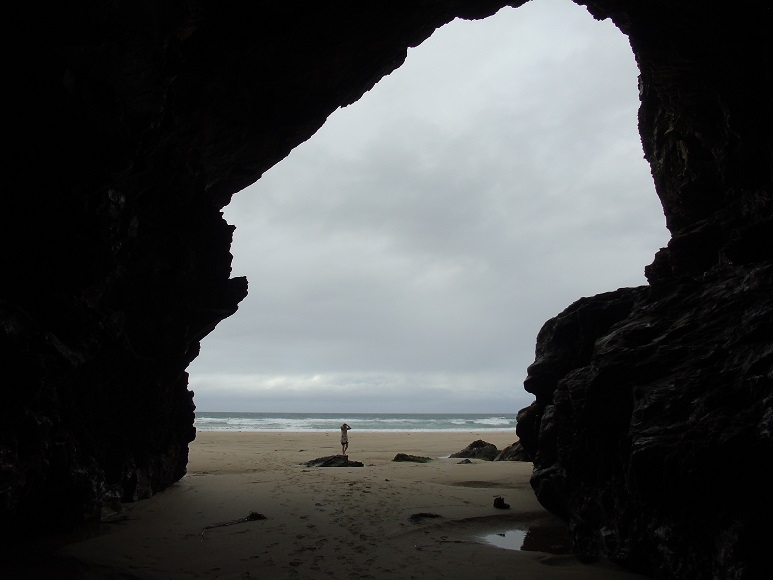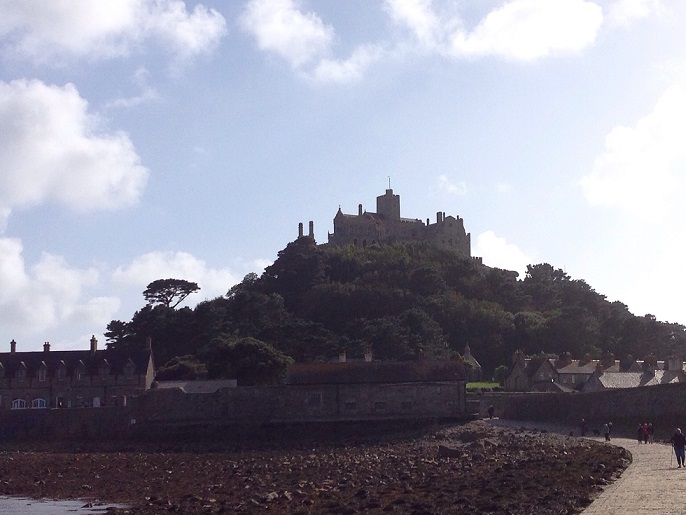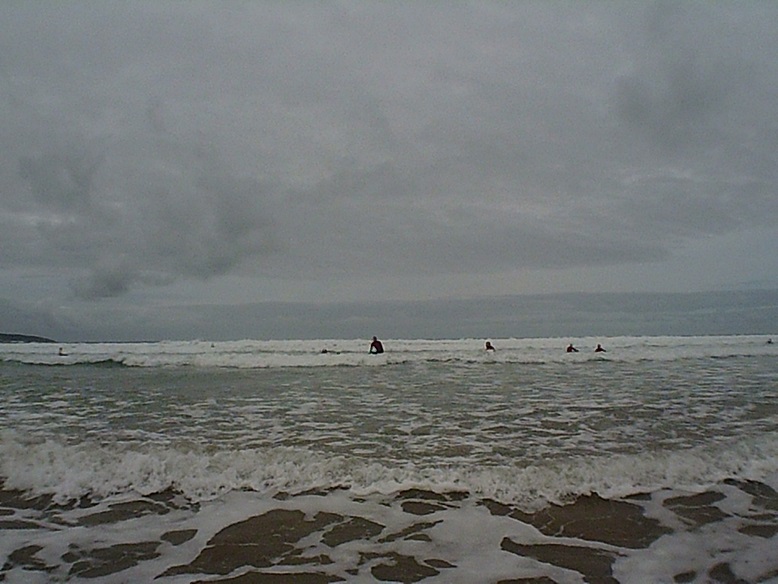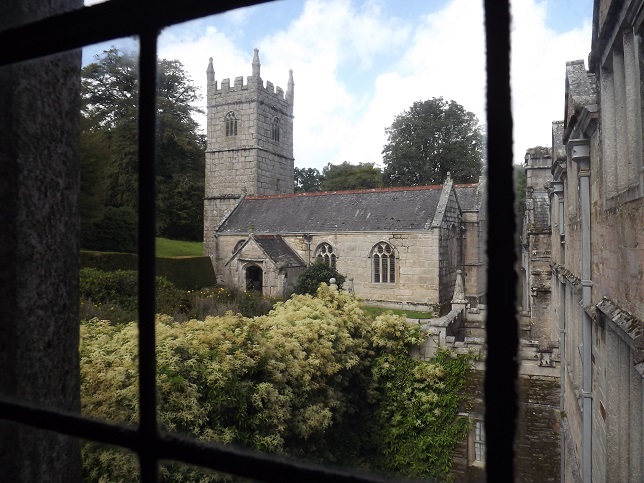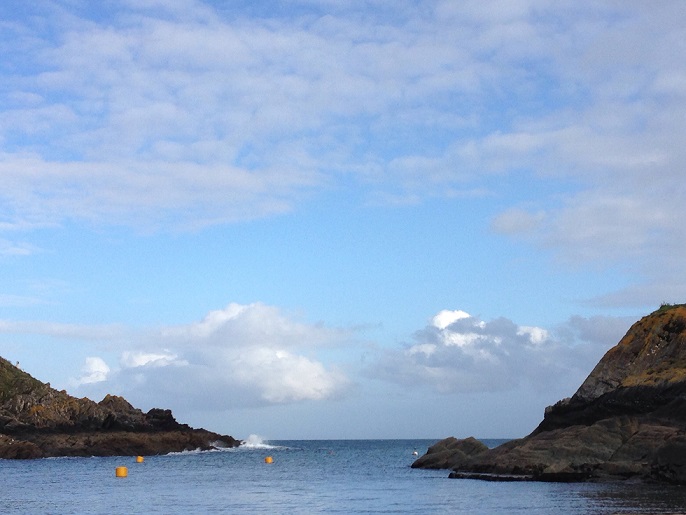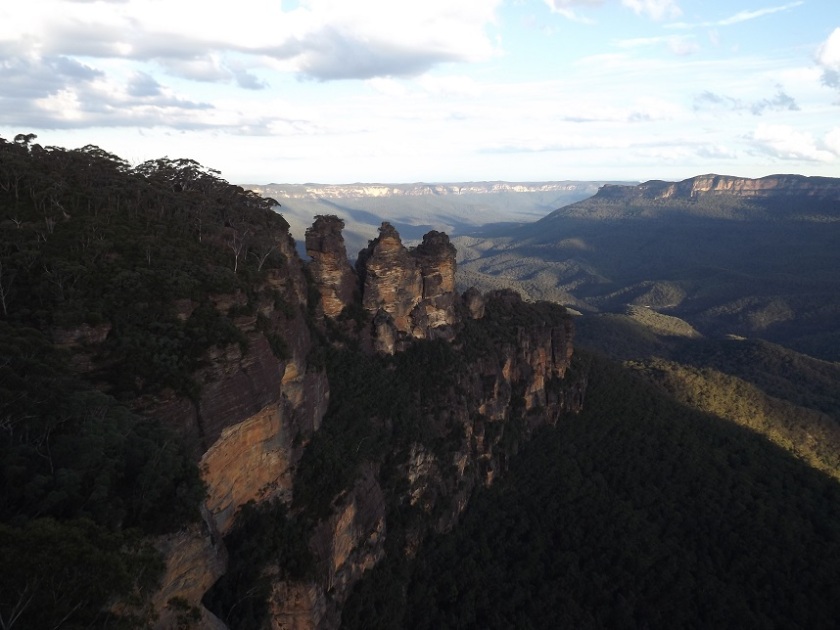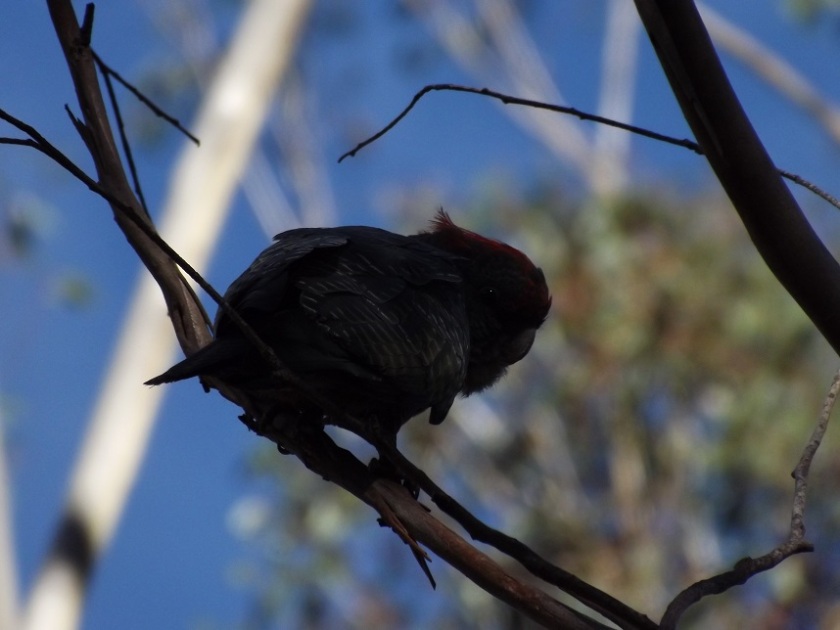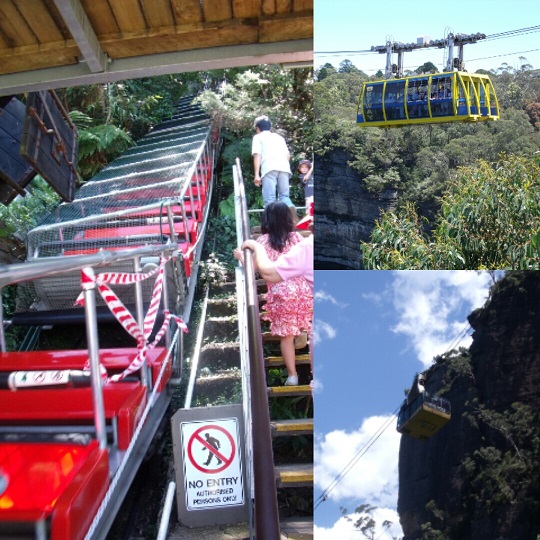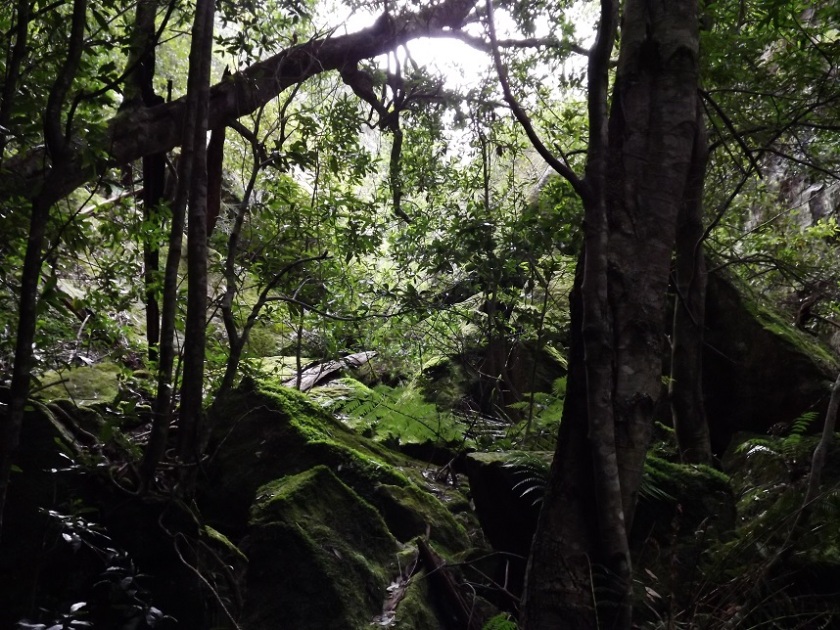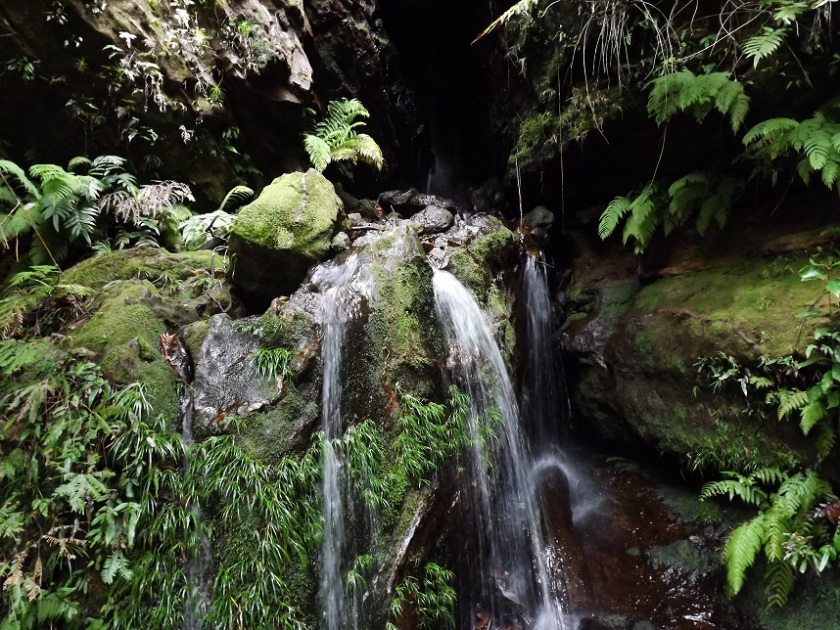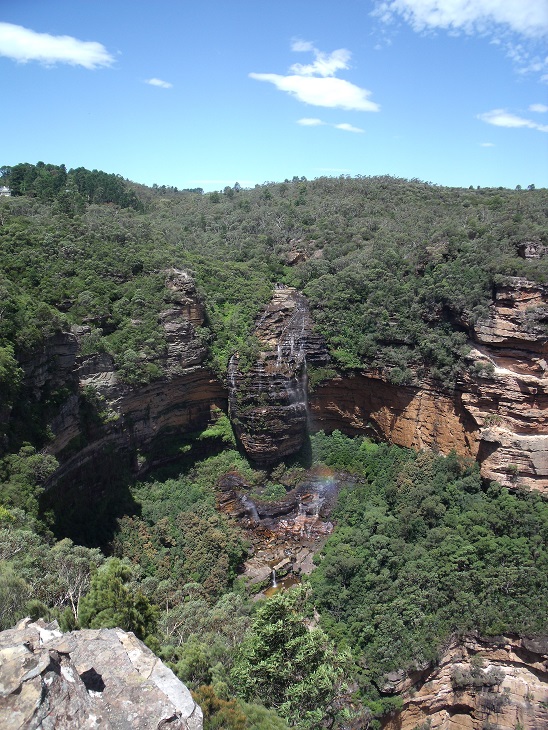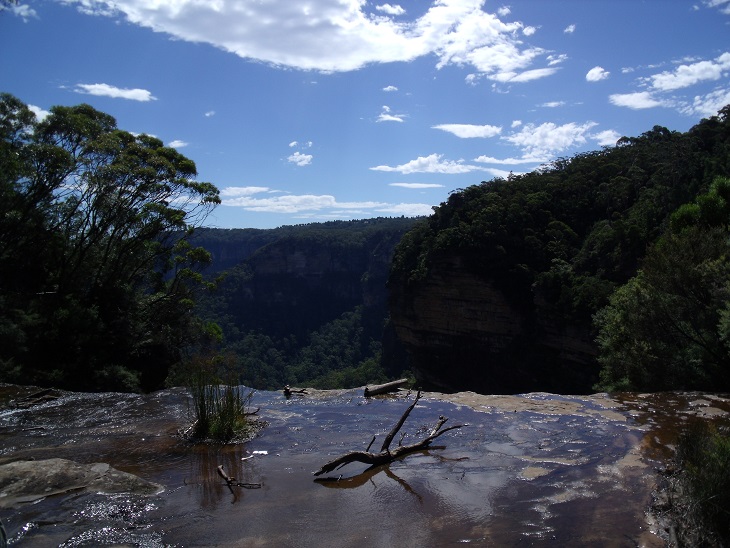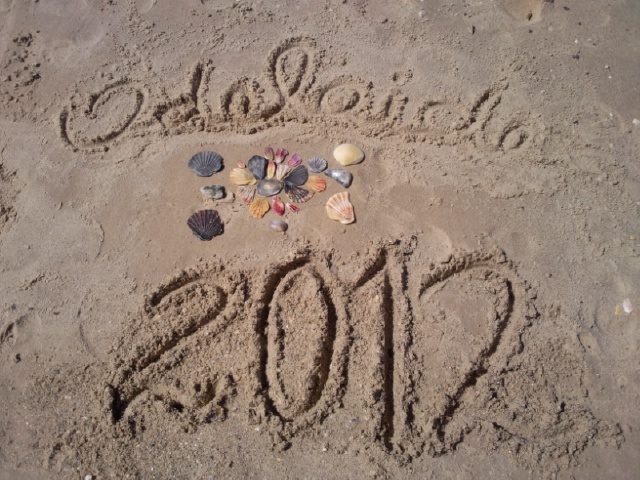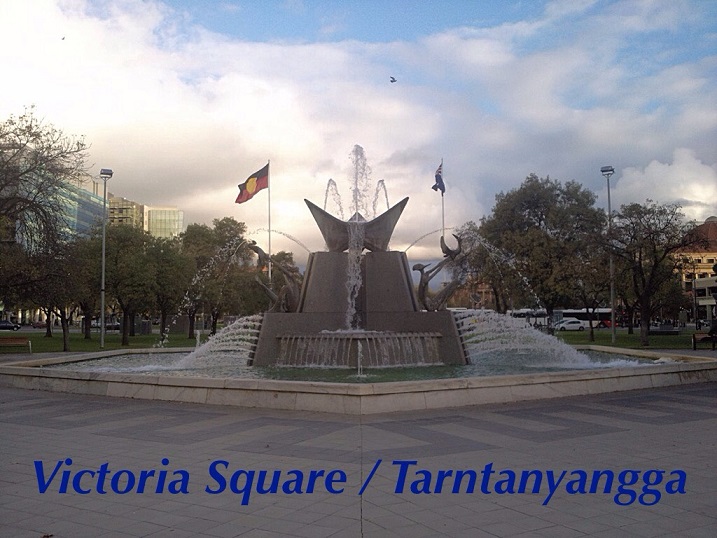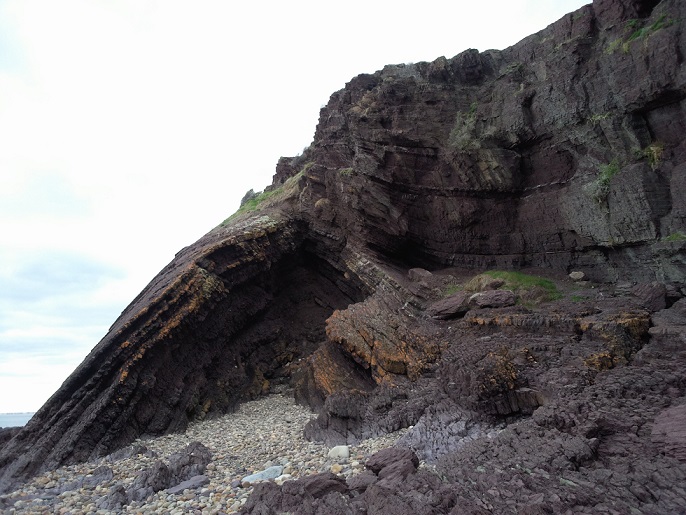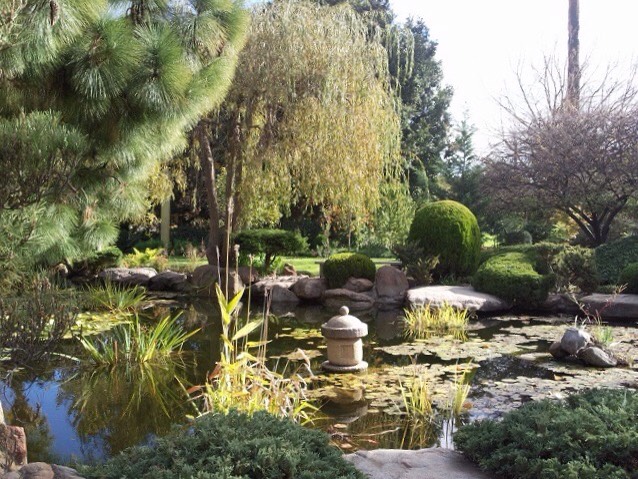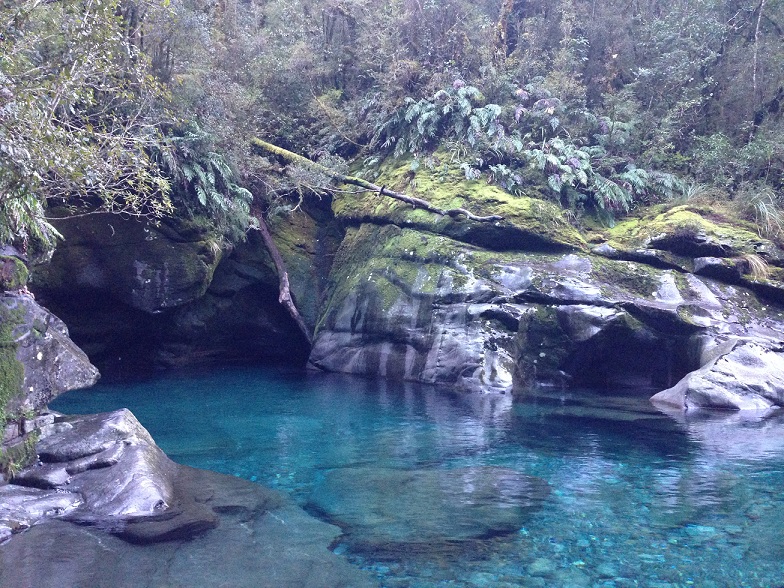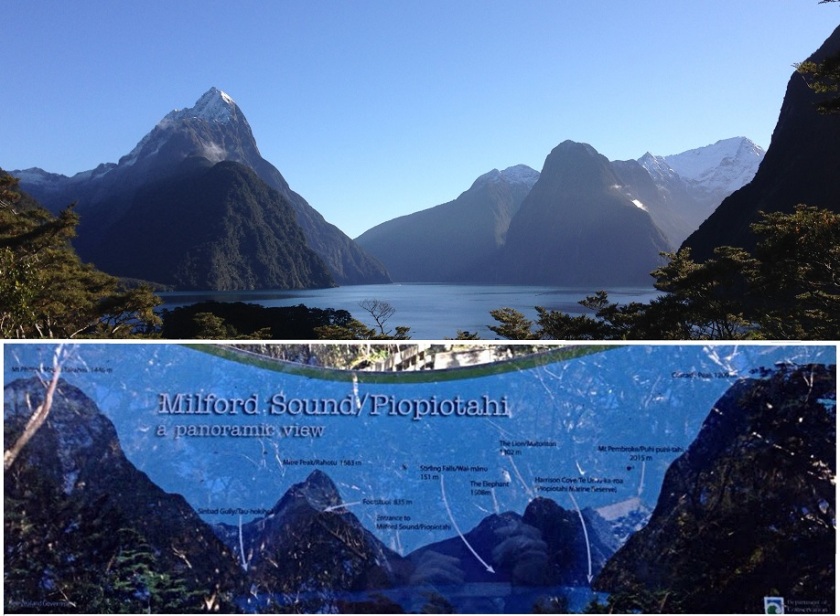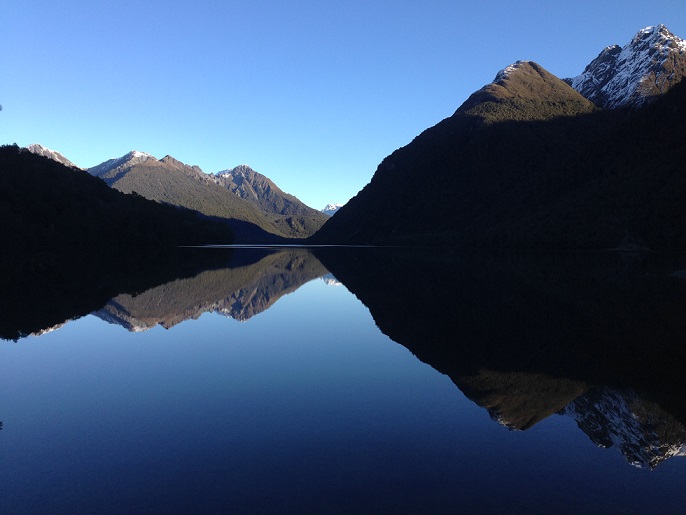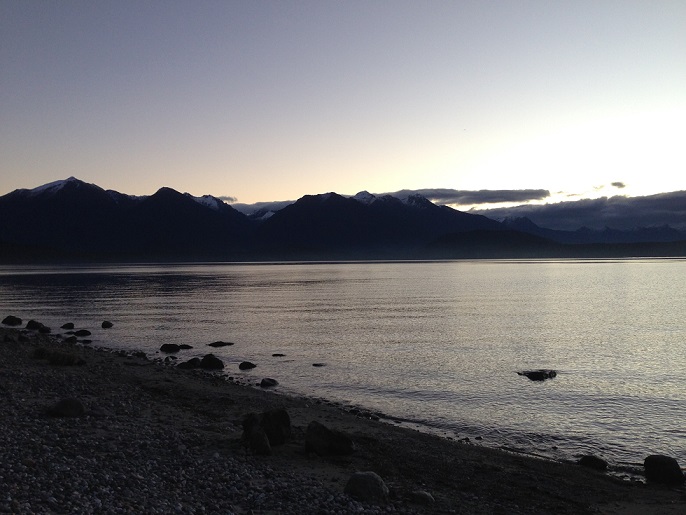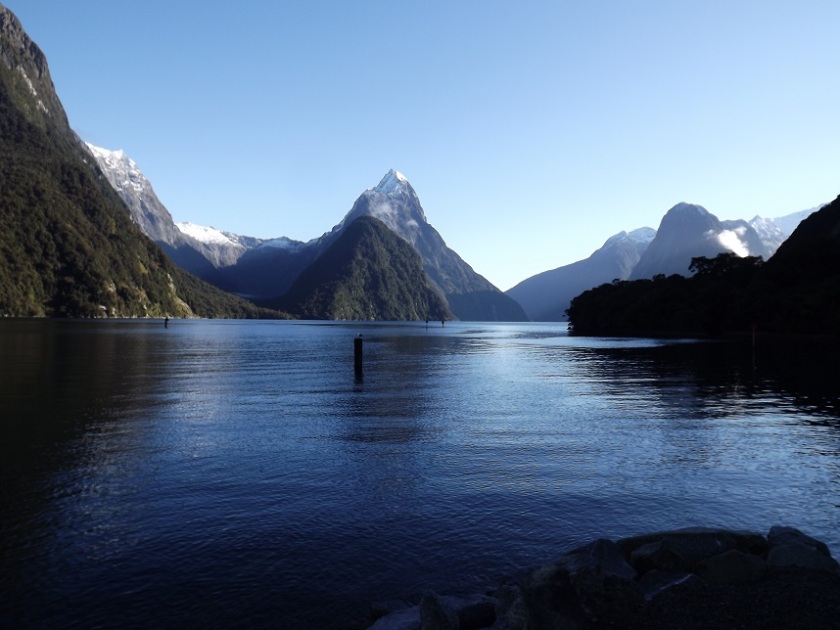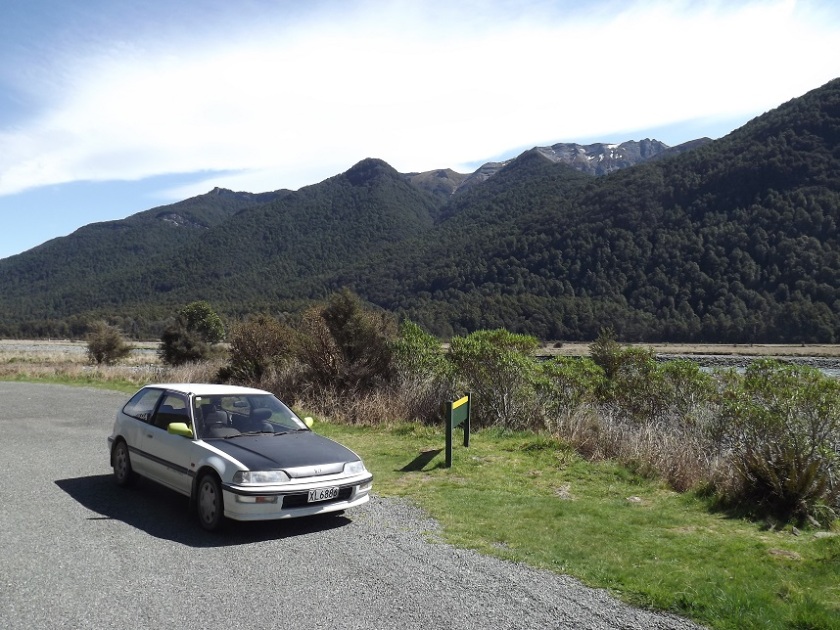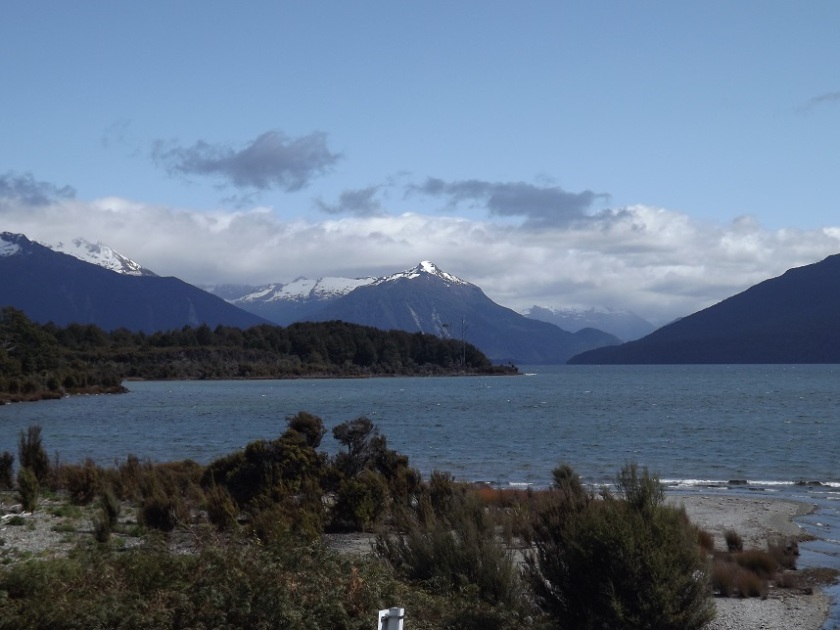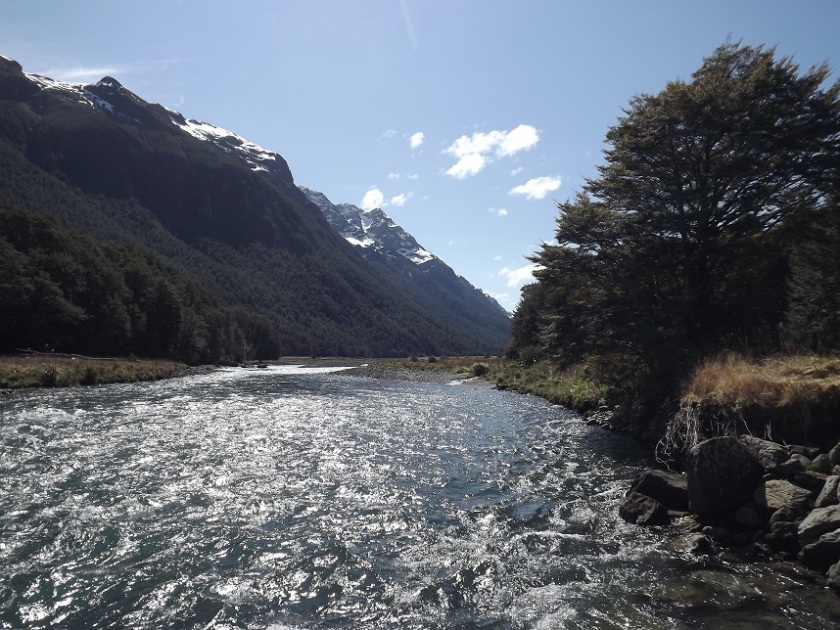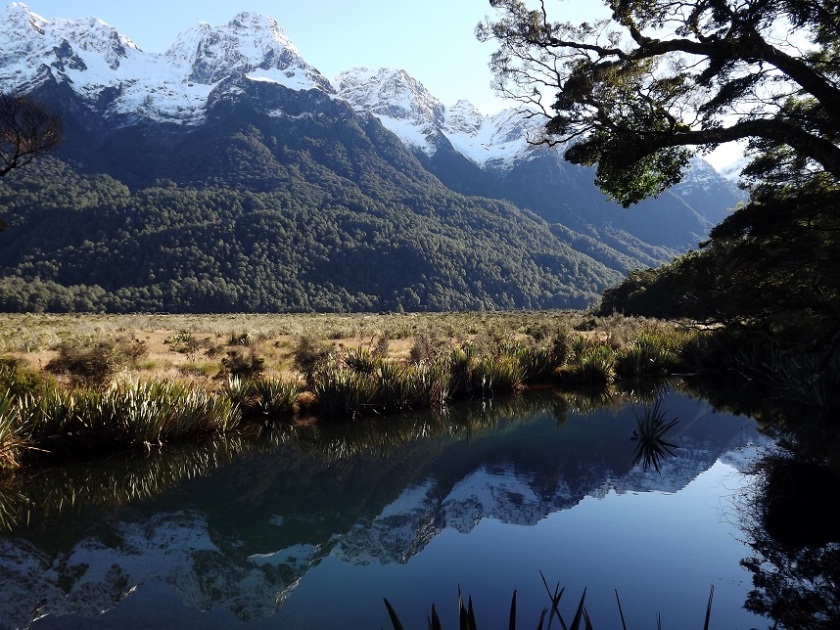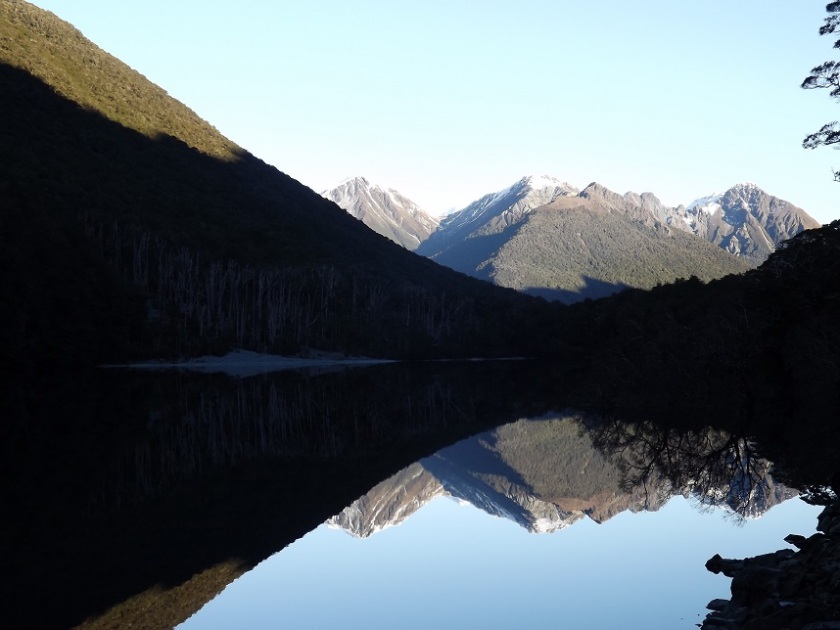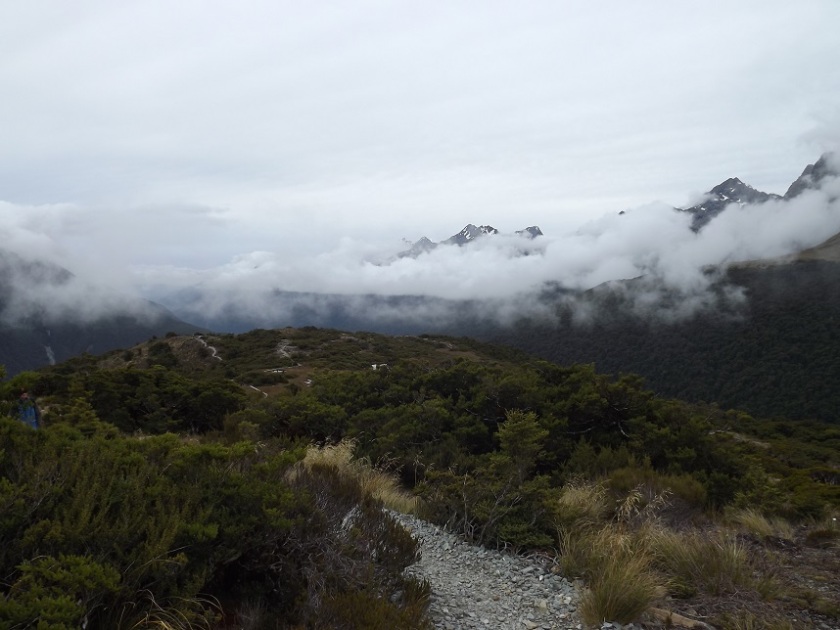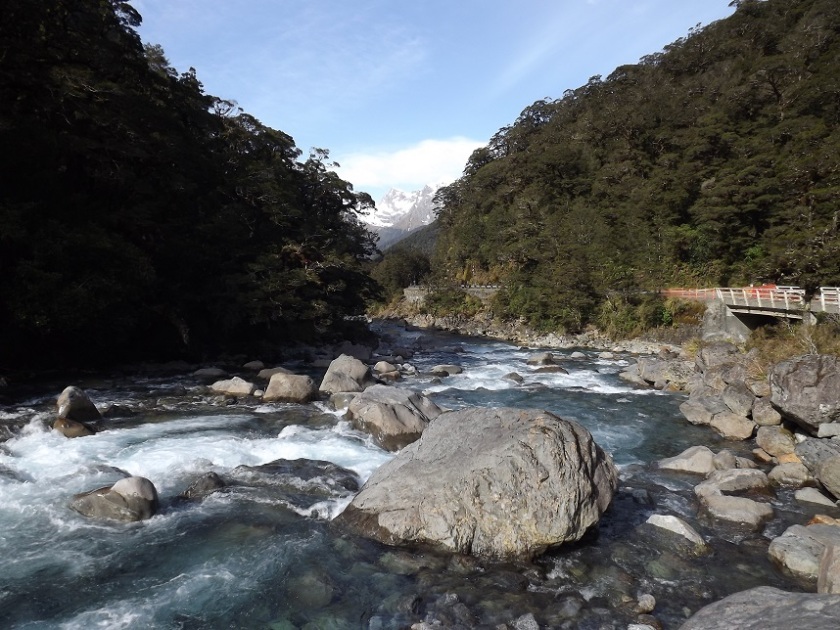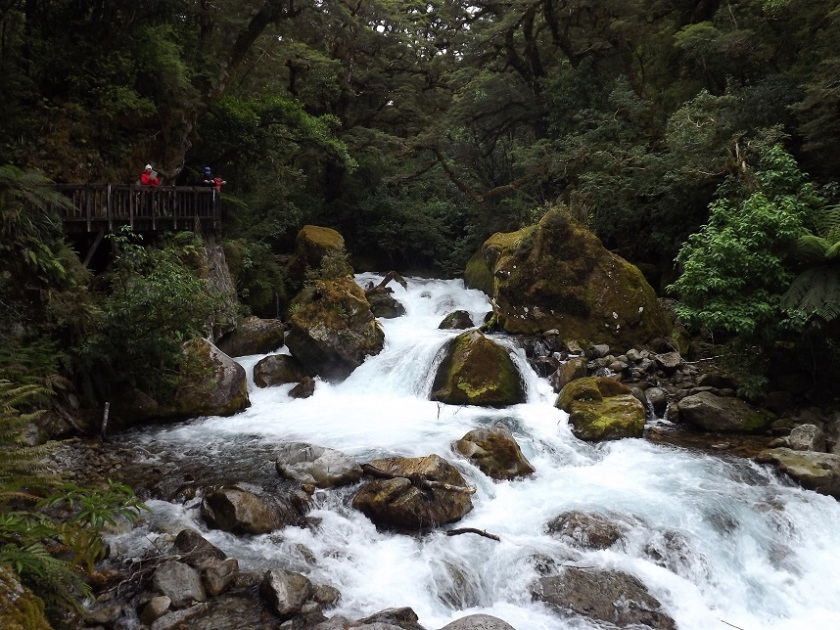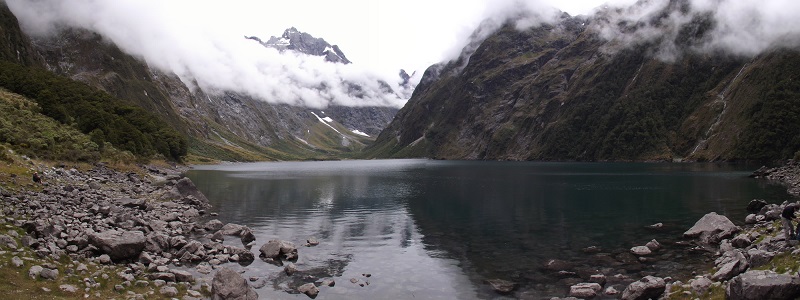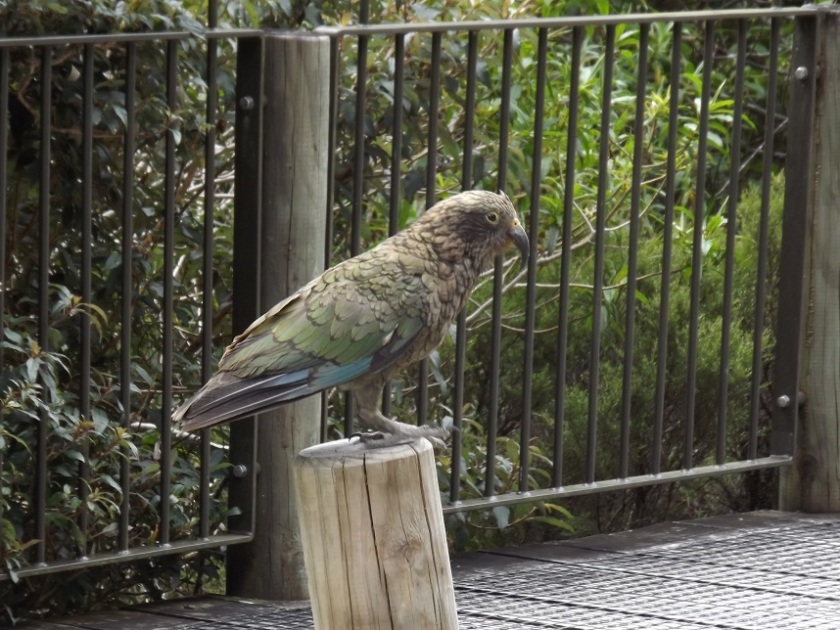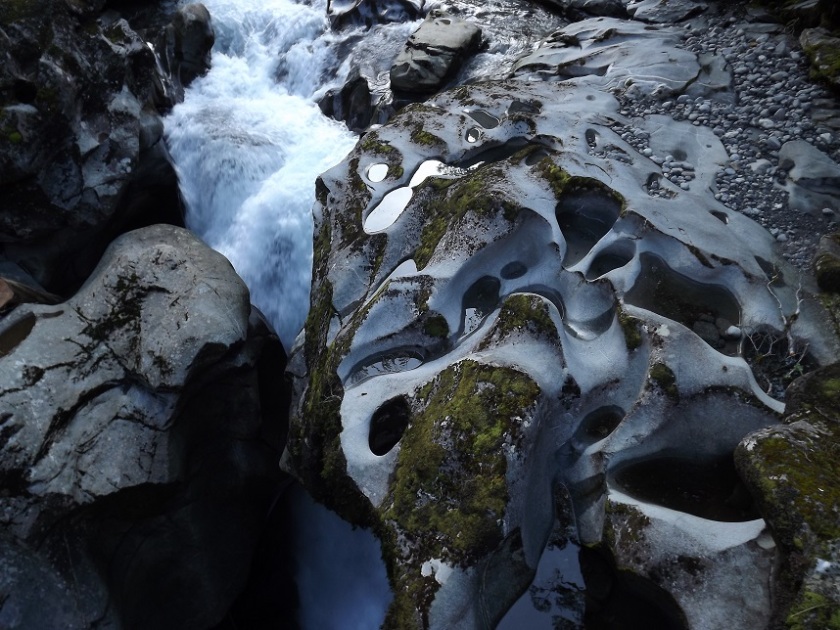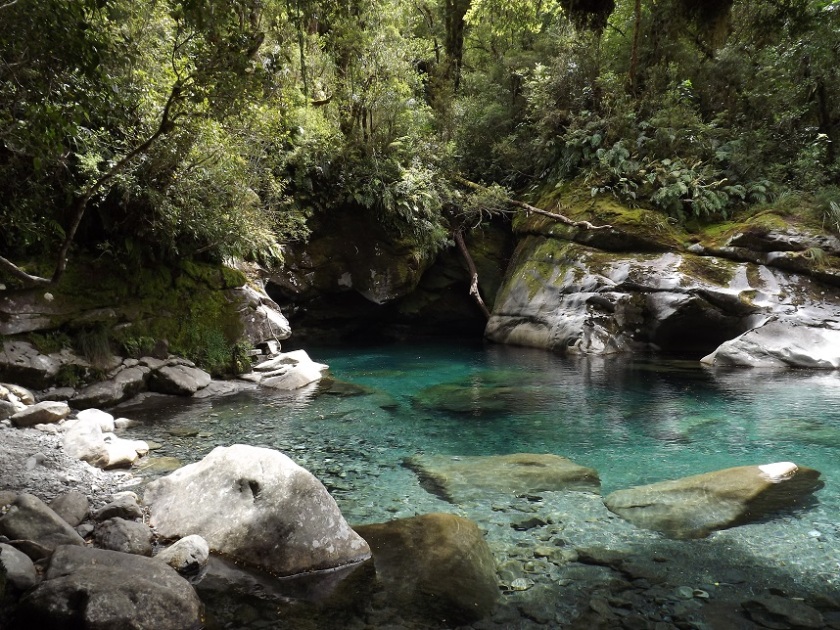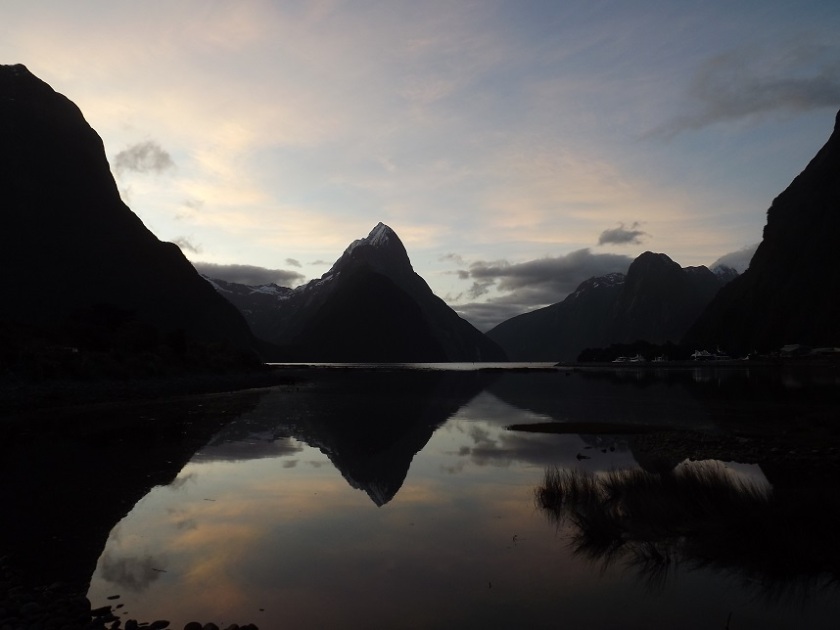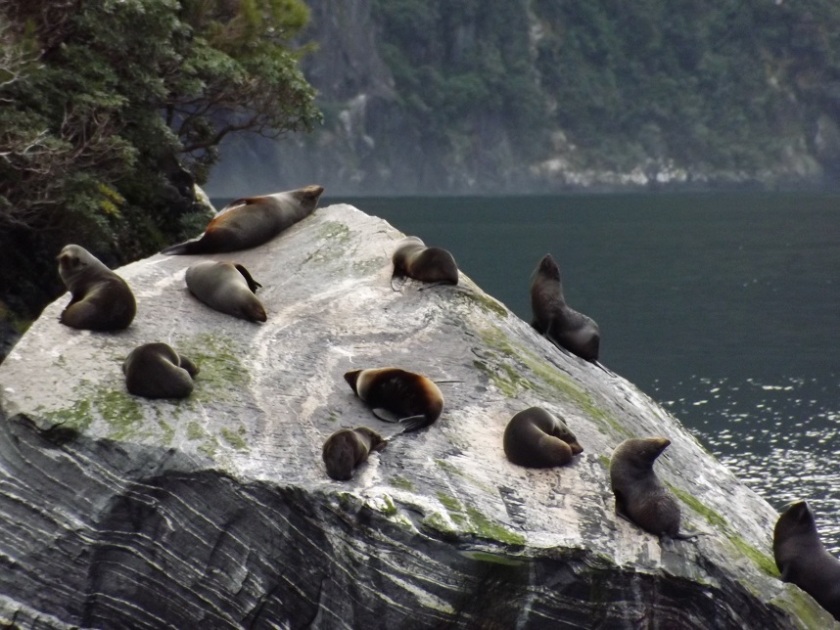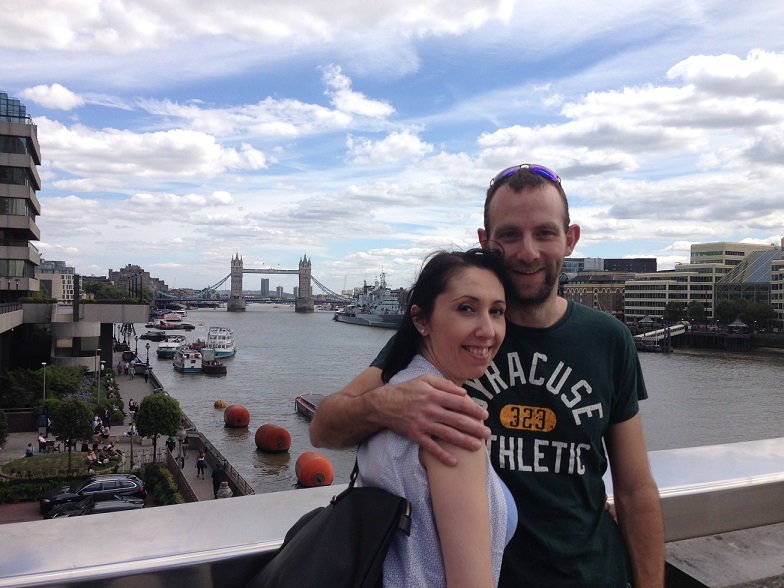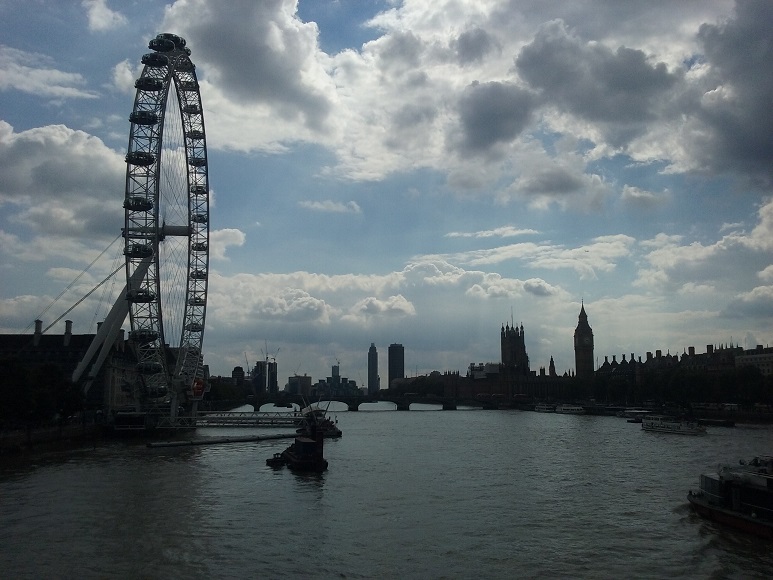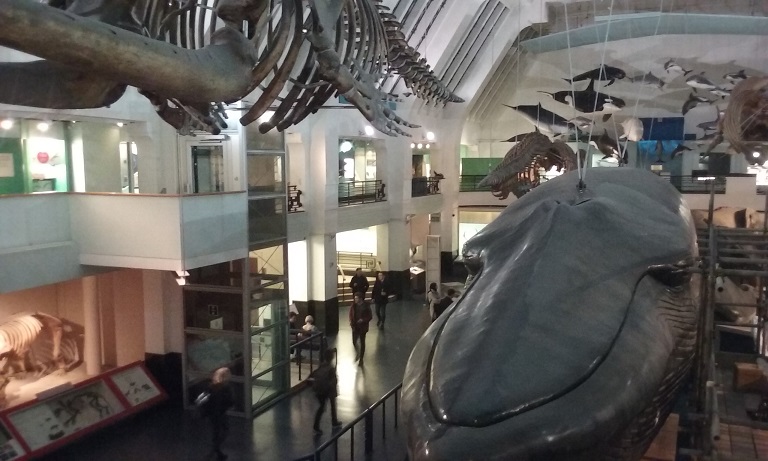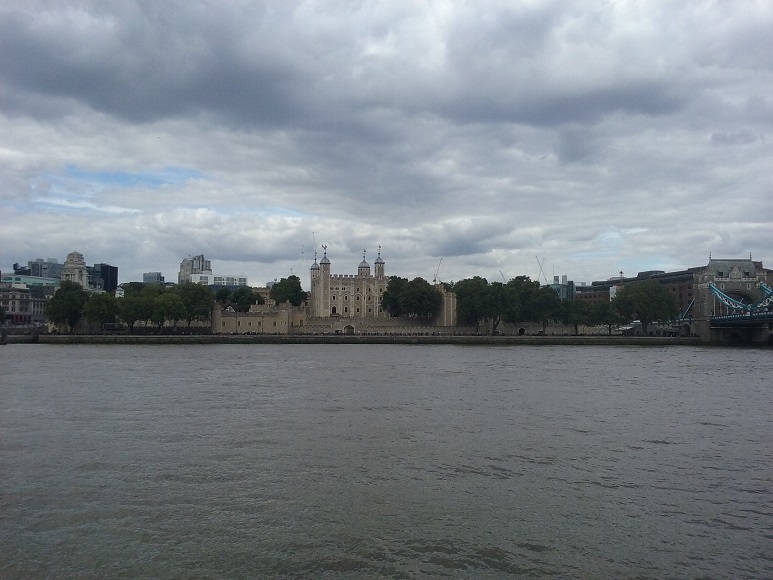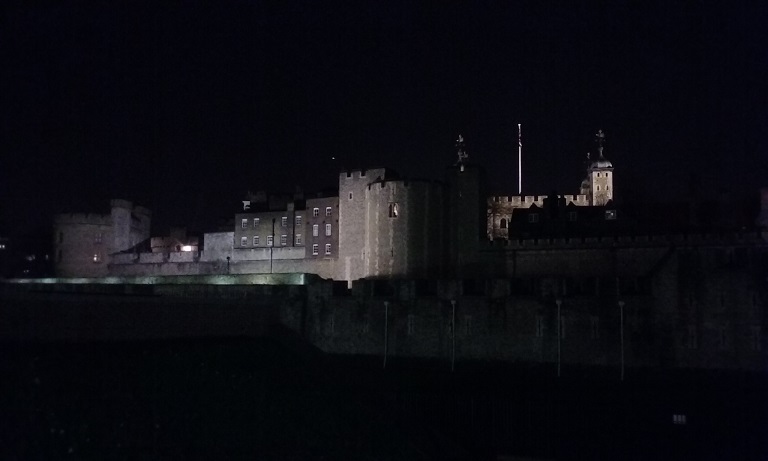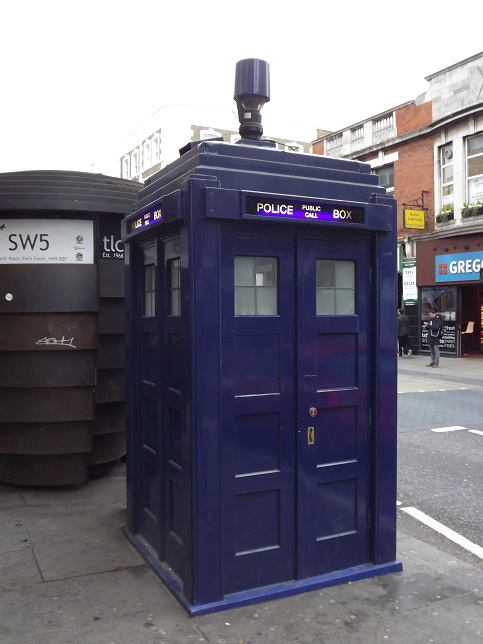Dear readers,
Well it’s that time of year again, and the festive season is well and truly upon us. For some of us the build-up to Christmas Day brings images of endless days of present and food shopping, for some it conjures memories of wonderful feasts and indulgence, we all have our own personal take on what Christmas means to us and how we like to celebrate it. In the Wander&Lust household we choose to enjoy the more traditional activities and events that are part of the Christmas period, while trying our best to avoid the pitfalls of over-commercialism and over-eating (although we are not always 100% successful in that!). That means we prefer to go to a Christmas market rather than spending our evenings trudging around vast shopping centres, and a carol concert or a Christmas play opposed to watching the same old repeats on TV. So for this post we thought we’d share with you all our favourite Christmassy places that we have visited over the last couple of years, both locally and while travelling in other countries.
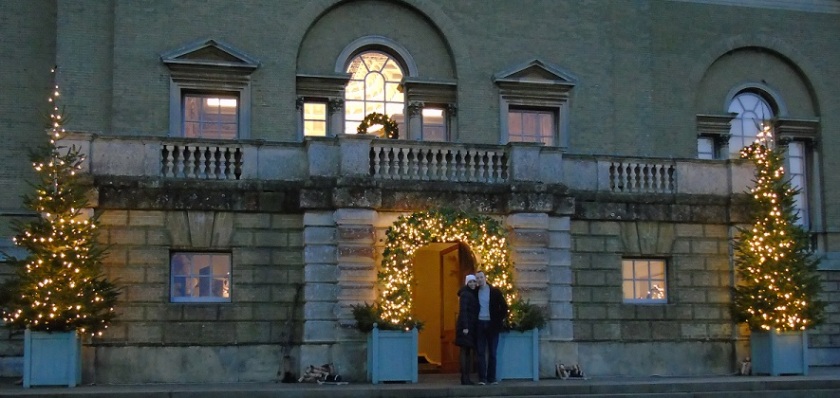
Christmas markets – Bratislava
Christmas markets have blossomed in popularity over the last ten years or so in the UK, however in continental European countries the Christmas market is a long-running tradition and an important part of the festive celebrations. With this in mind we booked a short break to Bratislava last year, to coincide with the opening days of their Christmas markets. Although we had both been to similar markets in the UK, this was going to be a new experience for both of us. We also planned a day in Vienna to see the markets there as well, and to compare them with one another.
There were two big markets in Bratislava, one in the main square and one running along one of the roads close to the river, as well as a number of smaller ones dotted throughout the city. The markets seemed to be aimed more towards food and drink rather than shopping, although there were still a few stalls selling handmade arts and crafts. As such they seemed to act more as a meeting place rather than a shopping destination, and they were usually full of groups of friends that had met for lunch or dinner. Always keen to experience new cultures and traditions, we indulged as much as we could (all in the name of research of course!). We usually started at one of the many drinks stalls where, alongside the traditional mulled wine and Glühwein, there were a multitude of options for some festive spirits. Hot punches and wines were available in all manner of different flavours, mostly fruit based, as well as ciders and hot spiced spirits such as rum and brandy. Best of all were the mugs that these drinks were served in. Each stall had their own uniquely shaped or decorated (or both) mug which was either included in the price of the drink as a refundable deposit or could be bought separately for a small fee. We couldn’t help ourselves and had to keep each different one that we found, and we now have quite a collection at home!
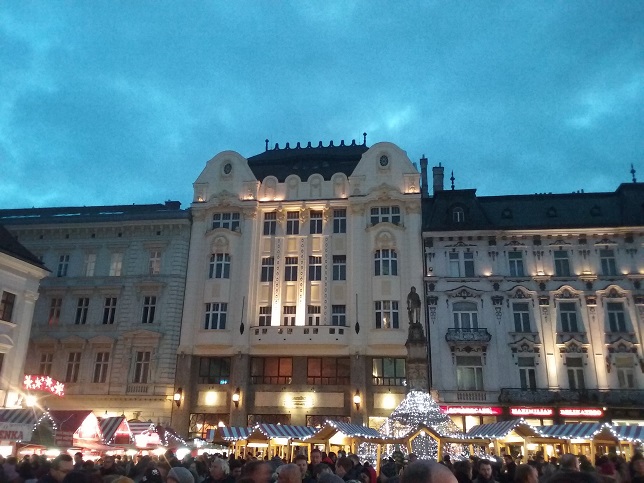
The other stars of the show were the food stalls, which were mostly quite similar yet with each having quite extensive menus. Never entirely sure what we were ordering, we tried almost everything that was on offer and we were at no point disappointed. There was a whole range of meats available in bread rolls, from hog roasts to traditional sausages and grilled steak. Soups and stews were also a common sight, as well as something similar to a potato pancake called zemiakové placky which are fantastic with cheese. Our personal favourite was one of the desserts available, trdelník. This is basically dough wrapped around a spit, then grilled and covered with your choice of topping such as cinnamon, sugar, or nuts. Due to the way it is cooked, the finished product is cylindrical and hollow, and commonly now filled with a range of fillings from whipped cream to nutella and ice cream. These were freshly made to order and absolutely delicious warm, they certainly helped against the cold weather!
All in all the atmosphere was excellent, with everyone enjoying their favourite treats from the market, and the markets looked like scenes from Christmas cards, especially when it snowed! The wooden cabins were all decorated with lights and tinsel, and the old city hall provided the perfect backdrop to the market in the main square.
Christmas markets – Vienna
Our day trip to Vienna wasn’t planned to be for visiting Christmas markets, but to see the main sights and attractions of the city. As it turned out, every single tourist attraction and important building seemed to have its own market and it was inevitable that we would spend the day visiting those as well. We will come back to talk to you about the sights and sounds of Vienna in a forthcoming post, but for now I’m going to focus solely on the Christmas markets we found there.
The first market we came across was situated around St Stephen’s Cathedral, and it was immediately obvious that these markets would be very different to the ones we had gotten used to in Bratislava. With the exception of the mulled wine (which was served in even cuter mugs!), the food and drink available had changed to a more Austrian/German offering. Pretzels and bratwurst were the order of the day here, and we were soon indulging in both! There also seemed to be a lot more arts and crafts on offer as potential presents and decorations, in particular traditional wooden items. But we weren’t in the mood for shopping just yet, we still had a lot more sightseeing to do, so after a quick look around the stalls, and a pretzel and hot Glühwein to keep ourselves fuelled, we left for our next stop on our tour of the city.
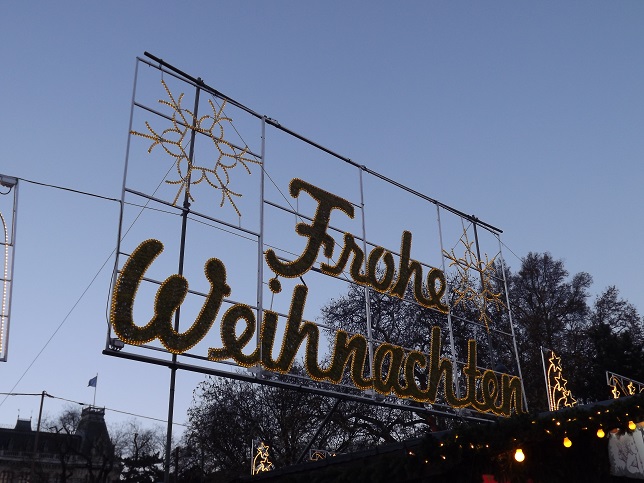
The next market we came across, apart from the odd stalls that were dotted all over the city, was at Maria-Theresien-Platz, a square nestled between two of the city’s major museums; the Natural History Museum, and the Art History Museum. This market is a lot bigger, with a greater range of products available. It is still very traditional although there are signs of commercialism creeping in, with sweet stalls and tacky souvenirs finding their way into the mix. The best bit about this market is the setting. All of the markets we saw in Vienna were situated alongside the most beautiful buildings, and this was no exception. Sitting between the two identical museum buildings, and with the statues and fountains of the park providing a wonderful greeting and breaking up the lines of cabins, it was hard to keep your concentration off of the surroundings. The whole area was adorned with lights and decorations, and with traditional Christmas music in the air it was impossible not to get into the festive spirit. Again we still had plenty to do, so after our obligatory Glühwein tasting we set off for our next stop.
We spent the rest of the day sightseeing but, once the night had drawn in and everywhere had started to close, we decided to have a look around Vienna’s biggest Christmas market, the Wiener Christkindlmarkt found in front of the Rathaus (city hall). This market is huge and the atmosphere is wonderful, partly thanks to it being busy but not crowded when we were there. The Rathaus is lit up and provides a spectacular backdrop, while the decorations and lights of the the cabins finish this fantastic scene.
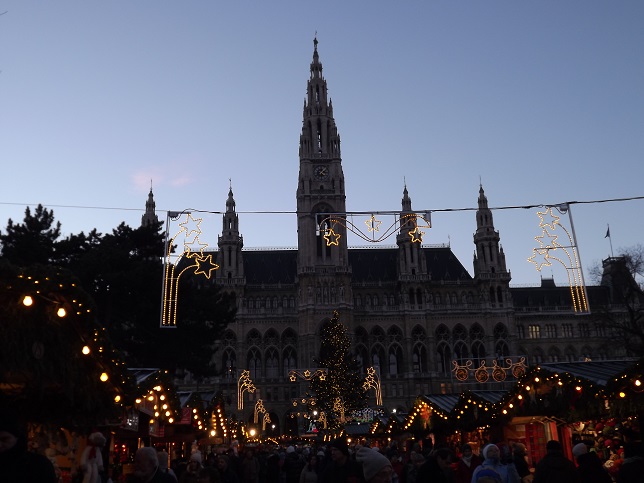
The first stalls you are likely to come across are the Glühwein sellers, and it is impossible to resist, especially once you see the mugs it comes in and if it is as cold as it was there for us! From here you will see a great variety of stalls as you head towards the Rathaus, and you’ll find even more inside. There is certainly a better selection of goods on offer than at the other markets, however the sheer size of it guarantees that there will still be a fair amount of repetition. The traditional stalls are all here as well, selling the decorated gingerbread hearts and wooden crafts that this region is so famous for. Again it’s not all strictly traditional, and the pick ‘n’ mix sweets and souvenir stalls have found themselves at home here as well.
There is certainly enough here to keep you busy and interested for a good hour or so, and once you’ve had your fill of shopping there are endless possibilities for food and drink. We opted to have a bowl of soup, where the bowl is a large hollowed-out bread roll, but there is so much to choose from that you’re sure to find something to fit your appetite. And as for drink, well the Glühwein stalls will look after you in this respect, with plenty of other options such as hot spiced rum and schnapps if Glühwein isn’t to your fancy.
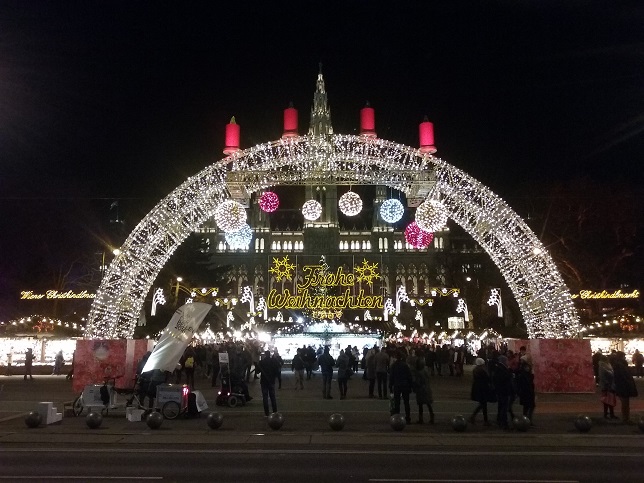
Before we left Vienna and made our way back to Bratislava, we found time to visit one last market. This decision was made more for seeing the building rather than the market, as it was situated in front of the beautiful Belvedere Palace. The market itself wasn’t huge, maybe of a similar size to the one at St Stephen’s Cathedral, but it serves its purpose and the opportunity for one last cup of Glühwein before we left was a welcome one. There wasn’t really anything here that we hadn’t already seen at the other markets, it’s more aimed at capturing attention from visitors to the palace rather than the main draw itself. Still if you’re in the area, it’s definitely worth a quick detour to see it.
Christmas markets – UK
This year we’ve been visiting a few Christmas markets in the UK, and I have to admit that they are on general a little disappointing. There is usually very little reason to describe them as traditional or authentic, as it seems to me that they are the same market stalls that can be found at markets all year round, with a bit of tinsel and decoration to make them seem Christmassy. It is possible to find a few unique stalls and products however, and it is still worth going for the chance of finding a gift that is a bit different to the norm.
The one market that stood out for me is the one at St Albans, which has been running for a number of years and is now fairly big compared to most in the UK. It is however very popular and can get quite crowded, especially if you go on one of the last Saturdays before Christmas as we did! This market seems to have focussed more on local and artisan traders with handmade products that cannot be found elsewhere, and there didn’t seem to be too many stalls selling the same tut as you usually find. It’s actually the first UK Christmas market where I have bought something other than mulled wine or food! Added to this is the main reason that we went on a day that we knew was going to be busy and crowded, and that is the carol concerts held in the nearby cathedral. Held on the hour, every hour, on one Saturday during the market’s trading period, this year it fell on 16 December. It’s a wonderful chance to not only see the cathedral, which is the oldest site of continuous Christian worship in Britain, but also a great way to escape the crowds for a little while and enjoy some traditional Christmas carols. This carol service has been running for ten years now, and I imagine it will be going for the foreseeable future.
Stately homes
A lot of the stately homes in the UK are closed to the public over winter, while cleaning and restorations are taking place. Some however do stay open all year round, and some open for just a few days during this period for special Christmas-themed events. Most of these give the chance to see the homes decorated for Christmas and some also provide the chance to see what life would have been like at Christmastime during the home’s heyday.
This year we have taken advantage of these events and we went to Holkham Hall in Norfolk for their candlelight tours. The house has been decorated from top to bottom and the tour consists of a guide taking you around the home and giving information about the decorations, as well as how the rooms would have been used during Christmas when the house was still used as a residence.
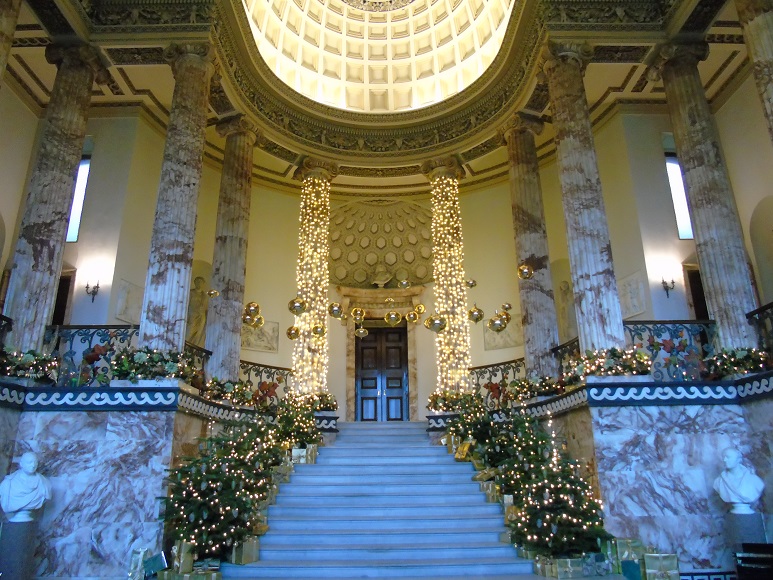
The main entrance and reception hall is simply stunning, with the grand staircase adorned with Christmas trees and lights. From here we were guided into the rooms of the house, with each having been decorated according to individual themes. The first had a nautical theme, to reflect the home’s location and history on the North Norfolk coast. There was also a Mexican-themed room, a Russian-themed dining room, a woodland walkway, as well as rooms themed around wonderful creations such as huge gingerbread houses and flower arrangements. Every room has something to offer, from the nativity scene in the chapel through to a room containing a huge Christmas tree and a plethora of presents underneath.
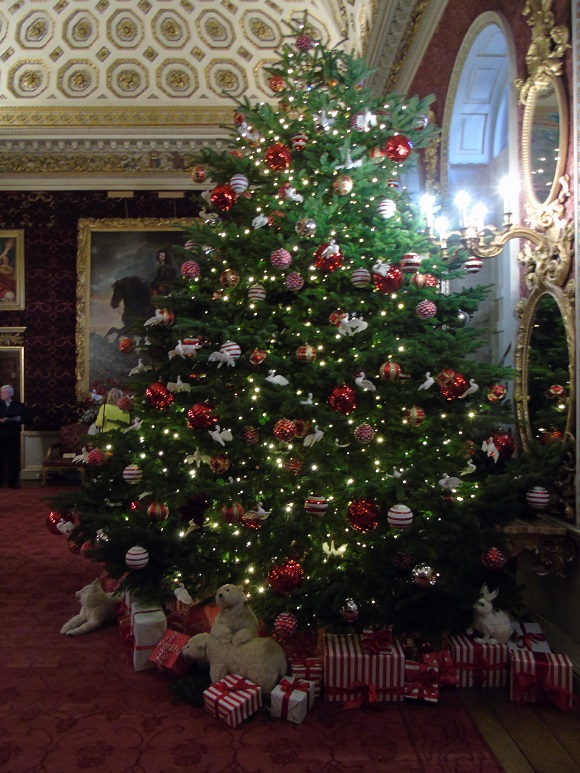
The tour culminated in the kitchen, which was last updated in the Victorian era, where some Christmas desserts of the period were on show. With two volunteers dressed as Victorian cooks on hand to tell interesting stories about the dishes in front of us, it was an excellent and informative ending to what had been a wonderful tour of the house.
Christmas plays
Christmas is a busy time for theatre thanks to the ever popular Christmas pantomime, but Christmas theatre doesn’t stop there. With plenty of other Christmas-themed plays out there, you can be sure to find something to go and see if, like me, you’re not a fan of pantomime. We stumbled across a production of Shakespeare’s A Midsummer Night’s Dream, performed by a local youth theatre group, which had been retitled as A Midwinter Night’s Dream and given a wintry twist to it. Although I was a little sceptical at first, it turned out to be a fantastic performance and a wonderful night out, certainly better than the Christmas plays we used to put on when I was at school!
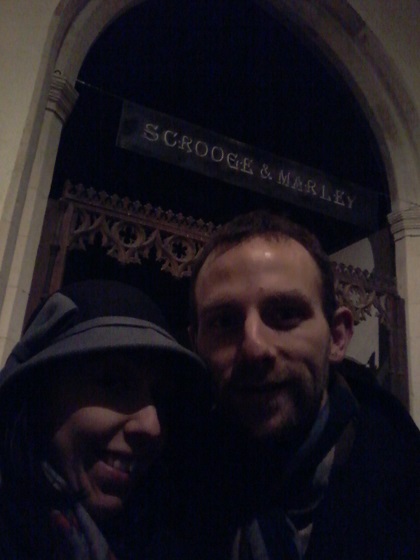
We also found another local production, this time of Charles Dickens’ A Christmas Carol, held in an abandoned church in a nearby village. Although this performance actually took place after Christmas, the setting and the excellent acting brought the Christmas atmosphere rushing back. The story is a Christmas classic itself, with many adaptations and versions out there, and they did it proud with their performance of a traditional version of the story.
So have a look and see what’s on in your area, local productions are a great way to discover something new and usually a lot lighter on the wallet than a West End show! We’ve found a number of local groups now that always deliver great entertainment, and we think it’s a perfect way to celebrate the festive season.
I hope you have enjoyed reading our take on the Christmas period, and that you may have been inspired to see what events and activities may be on offer in your area during the festivities. All that’s left for me to say now is to wish you all a very merry Christmas, and that it is everything that you are hoping and wishing it to be. We’ll be back for one last post before the new year, stay tuned!
Merry Christmas,
Mr Wander
***
Dear travellers,
Many people who have met me in the last few years believe that I am a Scrooge who hates Christmas and would like to abolish it, but this is quite far from reality. I have nothing against Christmas, I just don’t like consumerism and presents. But then there are many things about Christmas that I find sweet and pleasant. Christmas markets are one of those things and, although sometimes they may look as part of the industry of compulsive shopping and they are starting appearing everywhere, they usually still keep their traditional taste in the countries where they first appeared. Let’s see if I can take you around a few that I have visited.
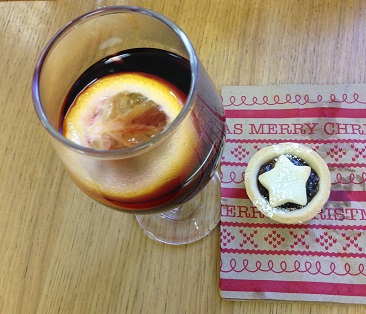
England
Winter Wonderland – London
As I am from Sardinia, when I was a kid they were not at all a thing in my region and I actually had my first contact with them when I arrived in the UK. London has a few famous Christmas markets and the most known of all is definitely the one in Winter Wonderland. This is an amusement park that takes up a good bit of Hyde Park starting on the last week of November and up to the first weekend in January. Roller coasters, haunted mansions, and an ice skating rink are among the attractions you can find in the park, but then you have a wide area dedicated to food and drinks, with a few big tents in which to enjoy your mulled wine and your German sausages. The food stalls are also scattered all around the amusement park while the wooden houses with the artisanal objects are usually all gathered around the entrance next to Wellington Arch.
It is nice to visit but prepare yourself for long queues for drinks and an extremely washed out experience, it is more of an amusement park than a Christmas market and there is no authenticity in it.
Covent Garden – London
Once again, a bit of an impersonal market, here you will find more stands with the usual objects and less food stalls as the location is already partly a food court. I would recommend to have a walk around as the decorations are always nice and you can enjoy some nice music performances while there.
Huntingdon
This market was on just for three days last weekend but it was a nice way of starting our season. It was located in Market Square with some exhibitors also inside the Town Hall. Due to the reduced size, there were not many repeated stands of the same thing but some very interesting ones, from the local spirit company to the stand with bags and accessories made from recycled tyres. We had a quick walk through it and we enjoyed our sandwich and mulled cider and I definitely enjoyed how different it was.
Peterbourough
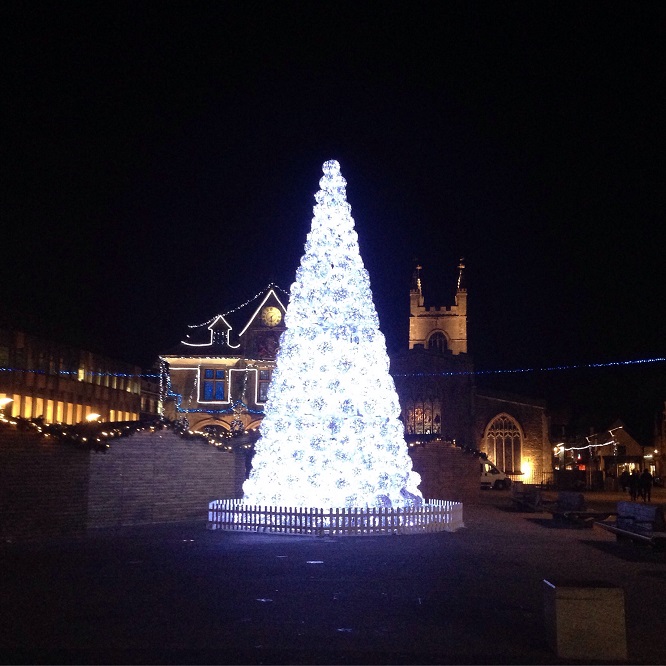
I have to admit that the website makes it sound a lot better than it actually is. If you visited Peterborough (or if you read our post), you will know that the cathedral is actually separated from the rest of the city centre and that the gates close in the evening so you cannot access the area. The market is just outside the cathedral’s gates and wrapped around a modern, cone-shaped Christmas tree that looks like it’s made of baubles. There are very few stalls, about ten in total, but the products seems quite good, with winter clothes and artisanal products such as woodcraft, beers, liquors, Russian dolls, and cheese. There is the unmissable stall with German bratwursts and mulled wine. Well, thumbs up for that, they will ask you to repeat your order five times because they can’t remember it, but the food was nice and the wine very tasty!
St Albans
Yesterday we spent the day in St Albans and that is why we are posting this on a Sunday, but we couldn’t avoid adding one of my favourite markets to the list. I had visited it once before as I was in town for a business lunch. There I met a translator from Germany and we decided to go back to the station together but first we walked through the market. We had a glass of mulled wine and she said that it was not bad, and if a German person gives the approval to mulled wine is a guarantee for me! So, when Mr Wander asked if I wanted to visit the market and go to the carol service in the cathedral I saw that as an offer I couldn’t refuse.
The market occupies the park between the cathedral and the shopping arcade and offers not too many stalls but with good quality products. You have the usual ones with sausages, with doughnuts, with chips, and with pork and stuffing rolls, the one with mulled wine and cider that also sells pints of beer because we are in the UK. Luckily, there also was a stall with roasted chestnuts, the most Christmassy thing to have when shopping (at least for me). Then we had a walk around the artisanal products and we found some very nice cheese and homemade jams and chutneys and you have a few stalls dedicated to personalised Christmas decorations. As a bonus, on Wednesday and Saturday you also have the town market and plenty of choice there as well. As we love cheese, we got some more from a very nice Italian man that had a huge variety of products, including a few Sardinian types of pecorino.
As I said, yesterday was also the day of the carol service in the cathedral and we popped in for the one at 3 p.m. The cathedral is huge, as you would expect, but it fills up completely for it.
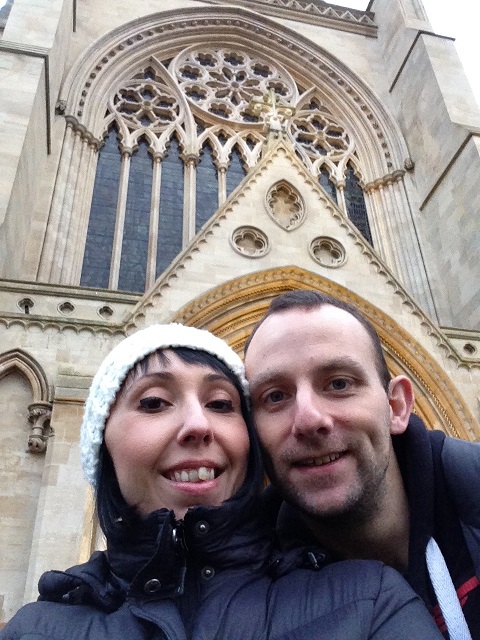
Bratislava
If you read our previous post about Bratislava, you will know that our trip there was focused on Christmas markets and we were not disappointed. The city has a few markets in its main squares, each with their peculiarities.
Main Square and Frantiskanske Square
This is probably the main one due to its size and the location. You have the majority of the stalls in the Main Square but then Frantiskanske Square is just on the side and the markets basically join in one that is L-shaped. Here you have a great choice of artisanal objects, food and drinks. This is your chance to taste all the traditional Slovak food: Lokše (thin potato pancakes that look like crêpes and can be sweet or savoury, the one with poppy seeds is quite typical), cigánska pečienka (chicken or pork meat, served on a bread roll with mustard and onion), other things to have on your roll are klobása (sausages) or hermelín (grilled cheese that is served with cranberry jam), langoš (deep fried raised dough, it comes with several toppings but one of the most typical is sour cream), Mastný chlieb (a slice of bread with fat, and you can add onion to it), kapustnica (traditional soup with sauerkraut and spicy sausage), zemiakové placky (potato pancake that looks like an omelette), strudels (you have plenty of flavours, but again the one with poppy seeds is quite typical), trdelník (sweet pastry shaped as a cylinder and covered in sugar and cinnamon, cocoa, coconut, you choose), oblátky (round wafers that can be plain but are usually filled with different flavours in the markets), korbáčik (plain or smoked cheese shaped like strings), and plenty more. Of course, with the cold you will also fancy some mulled wine, varené víno, or punch, punč, and you can find countless flavours in the different stalls: Plum, cherry, raspberry, strawberry, and elderflower are just part of those we tasted!

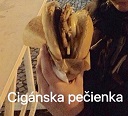

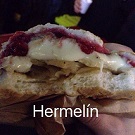
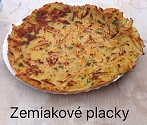

Old Town Hall’s court and Primacial Square
Next to the Main Square, this market is smaller with some stalls around the square court of the old town hall and you need to make sure that you check it out as well for more food, drinks, and handicraft. More stalls are then located on the other side of the courtyard, in Primacial Square. On the way back to the Main Square, make sure you get your kiss when passing under the mistletoe!
Hviezdoslav’s Square
This one is not too far from the Main Square and is also quite big. Located in the square facing the Reduta Bratislava Concert Hall and it is mainly dedicated to food and drinks with few other stalls. Here you can also see a tent with trained birds of prey. The trainers tell you some facts about the animals and their behaviour, and you can hold them and take pictures with them. We skipped this part but it is nice for kids to learn more about these animals.
Bratislava Castle
Last year was the first year that the Castle hosted a Christmas market and this was a bit small and less traditional with modern gazebos, and it closed a bit earlier than the rest, but definitely it was nice to sip a bit of mulled wine while walking around the snowy grounds of the castle!
Vienna
Vienna Christmas Market on Rathausplatz
One of the most famous ones in Vienna, this market is located in the park in front of the City Hall and offers you all the traditional food and drinks you can expect, and plenty of artisanal objects. You also have an ice rink and you can take a break from the cold going inside the building, where you have toilets and a busy café.
You will find plenty of places to have any kind of food and we took our chance to try gulasch im bröt, the soup served in a bread bowl. You have several soups to choose from and make it your main meal as it fill feel you up!
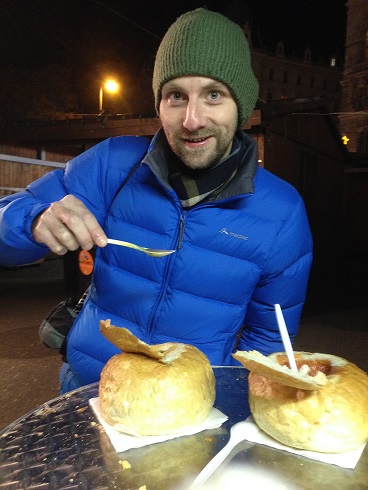
Christmas Village Belvedere Palace
We visited this market at the end of our day in Vienna, just before getting on the train, and it was extremely quiet, but it definitely is the most impressive one, as you have to walk a long way in the park to reach it and you have the majestic fountain in front of you and the market between that and the beautiful building. The market itself offers a few nice stalls with original objects and the usual ones with food and drinks but it is simply beautiful to see.
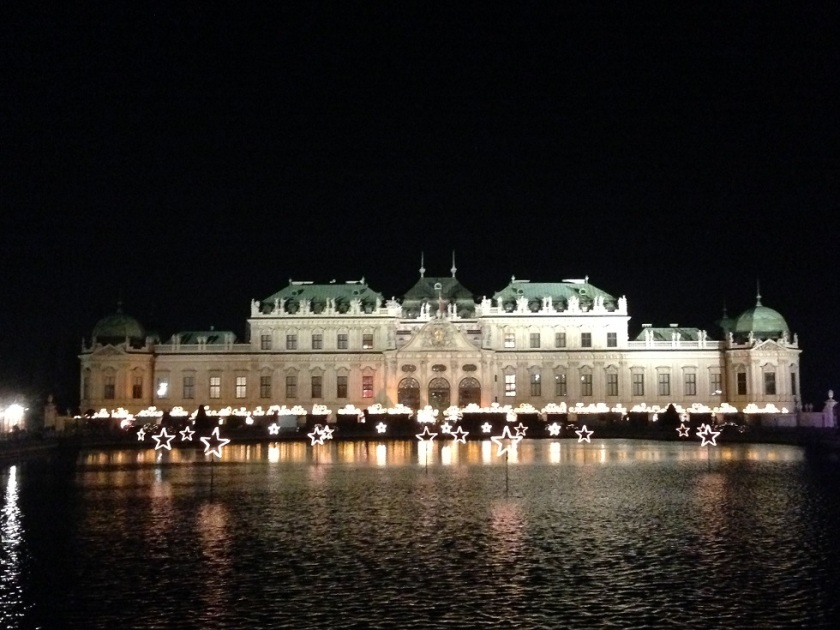
Christmas Village Maria-Theresien Platz
Once again, the market gets its fame from the location. Three important museums open in the square, the Natural History Museum and the Art History Museum in two identical buildings mirroring each other, and the Modern Art Museum in what originally where the Imperial Stables. The products are the usual ones you expect but it seemed to me that they are mainly focused on Christmas decorations with many stalls dedicated to them.
Stephansplatz
We visited the St Stephen’s Cathedral as well, but that will be the subject of another post. Around the cathedral, though, you have a small market where you can warm yourself up with a bit of Glühwein and a freshly made Brezel of your choice.
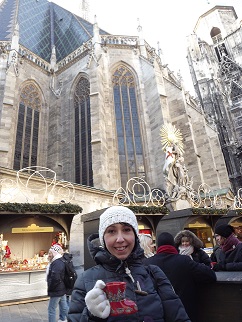
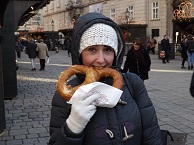
Stately homes
As you may know if you read our posts about stately homes, many of these manors close for winter, but most of them also plan special opening days during the Christmas season. This year we decided to visit Holkham Hall for the candlelight tour and the house really was a magical place. The owners definitely plan ahead as they travel to Europe for a Christmas fair in January and buy new decorations every year both for the house and to sell in the gift shop, and you can see how the house transforms for the season.

The main staircase was all golden and brown coloured as it was dedicated to autumn, but then you proceed to the first room where the theme is the seaside and you have a beach hut and trees decorated with seagulls and whales. The two chimneys have Santa Claus and a mermaid stuck while they try to escape. Following the tour, you have the statues gallery decorated as an enchanted wood and a few rooms with different Christmas styles: A Mexican-themed room with palm trees and beach chairs, a peacock-themed room with green and blue decorations, and a four-metre tall Christmas tree with red and white decorations before you catch a glimpse of the chapel with a real size nativity and then pass to the lower floor. Here, you have a few gingerbread sculptures from the past years guiding you to the kitchen.
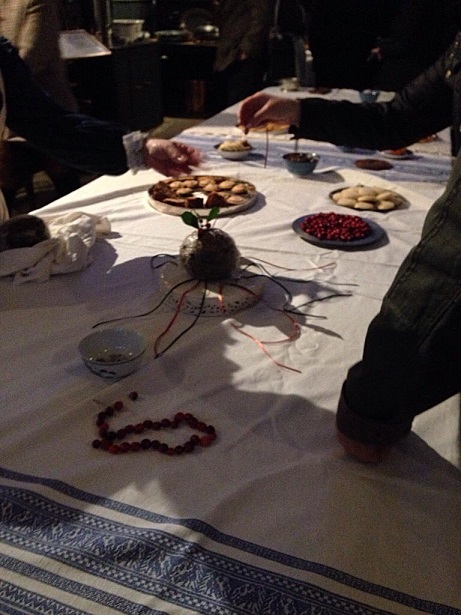
In the kitchen, the table is set for a Christmas meal with a few Christmas puddings. In the olden days, Christmas puddings had charms like the French and Spanish Christmas desserts, and the lord of the house decided that all guests had to have one and asked for them to be tied to a ribbon. Before being rushed out (see blurry picture), we had the chance to pull one each. I say rushed out because that was the main thing of the tour, the house was beautiful, but the guide was extremely rude and cold, rushing everyone about and being annoyed about answering questions; she even rushed the ladies impersonating the cooks in the kitchen while they were trying to explain the traditions. Thumbs up for the house but definitely a low score for the organisation, if 15 minutes gap between tours is not enough, don’t be greedy trying to book as many tours as you can, just allow a proper experience, you are charging £18 after all!
Well, this is all for this year’s list but, especially if you are going to Bratislava and Vienna, the best advice we can give you is: go with an empty stomach, a big bag, and dirt-proof gloves. The bag is for the mugs the mulled wine comes in, as you can get your money back if you give them back, but you almost always end up keeping them, and you will be constantly trying food and your choices are either to make your gloves dirty or to freeze your hands if you eat without them! Merry Christmas,
Ms Lust
